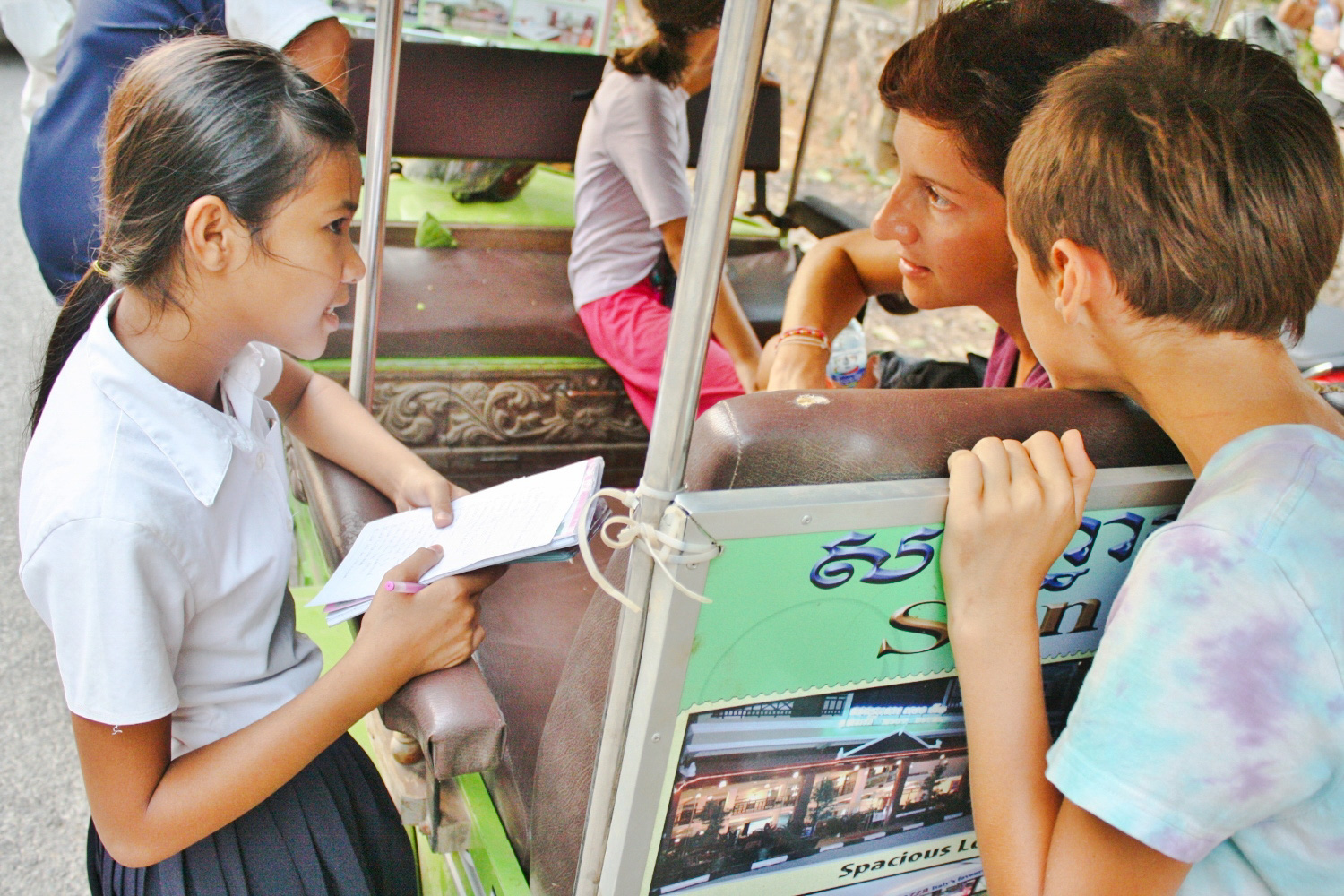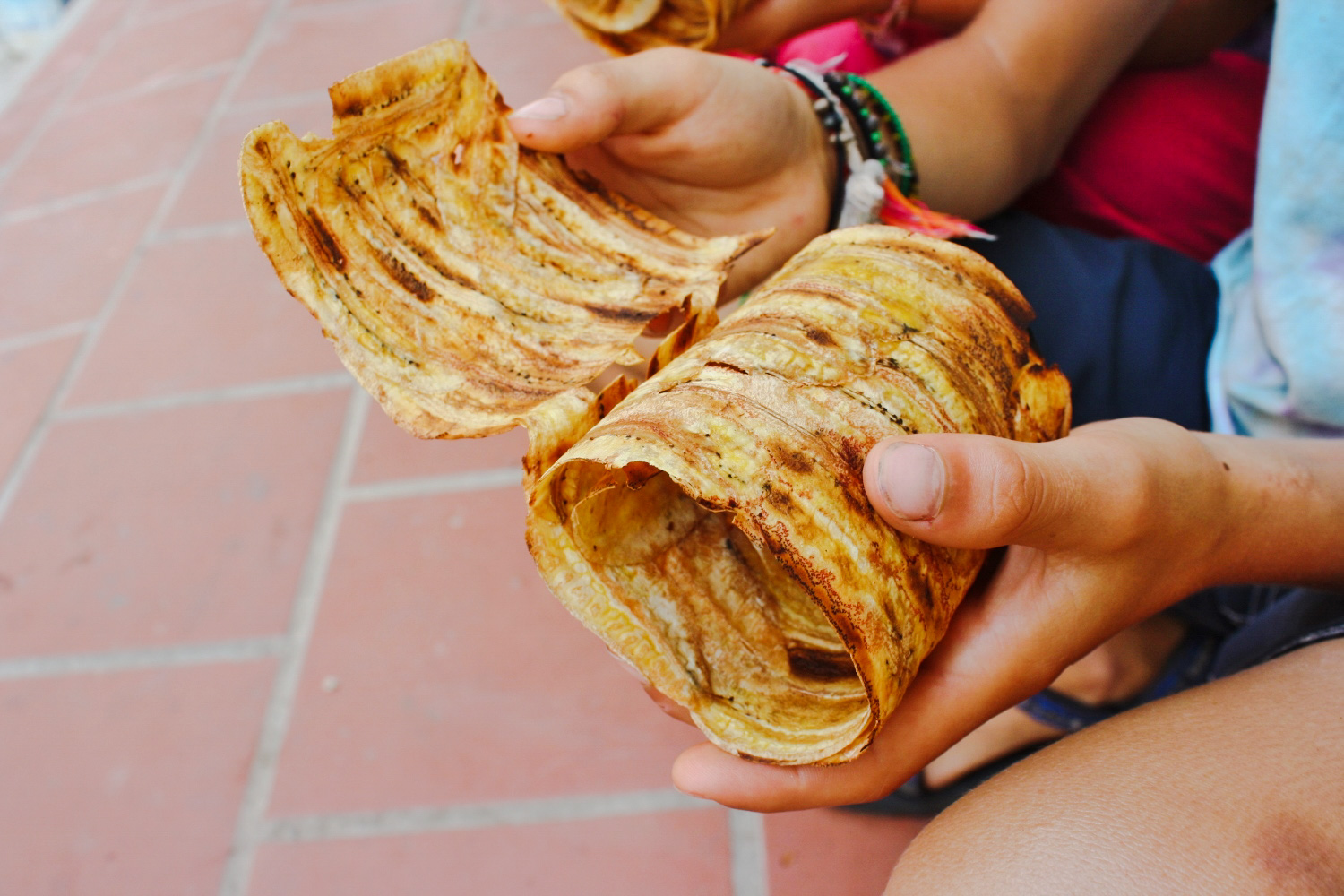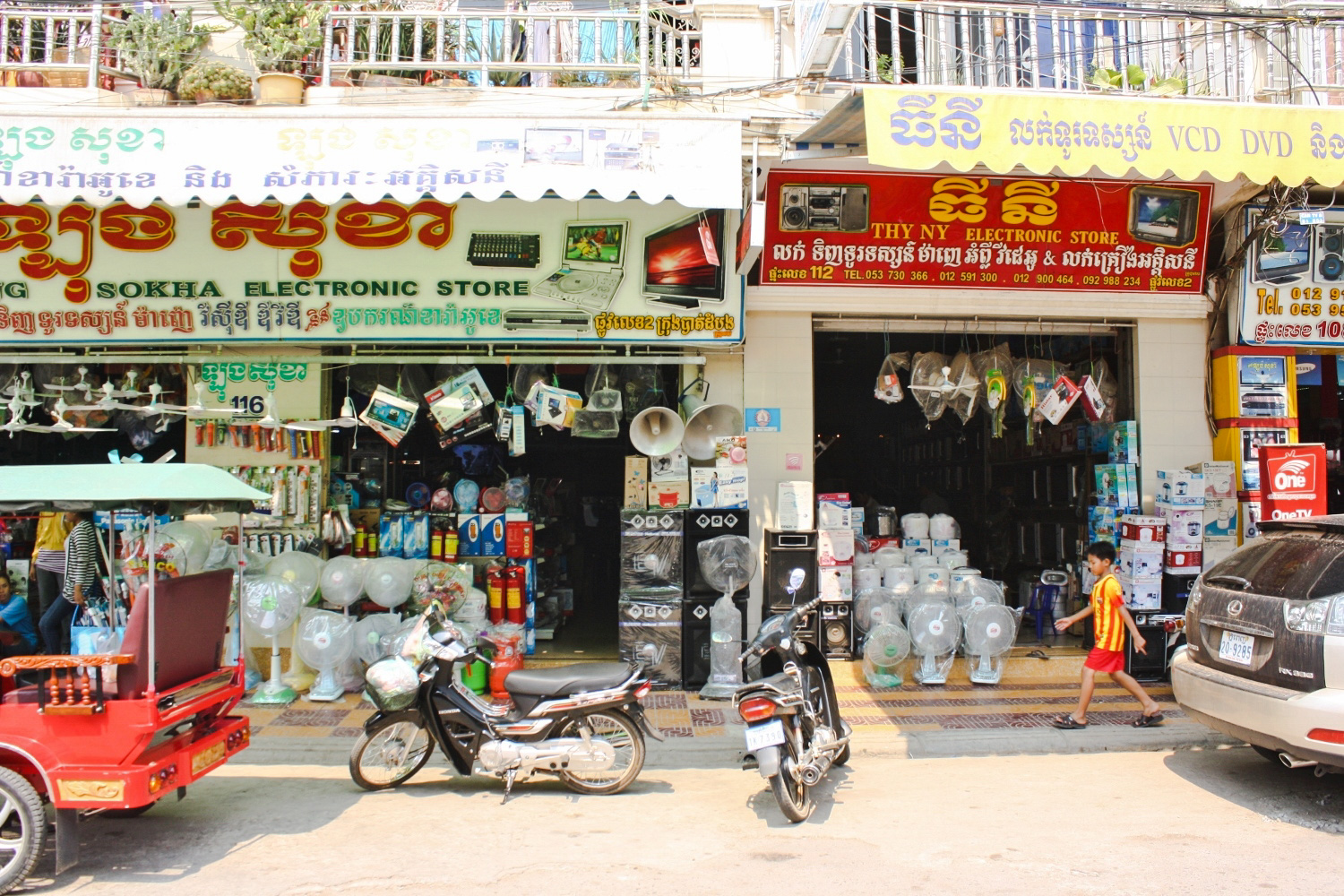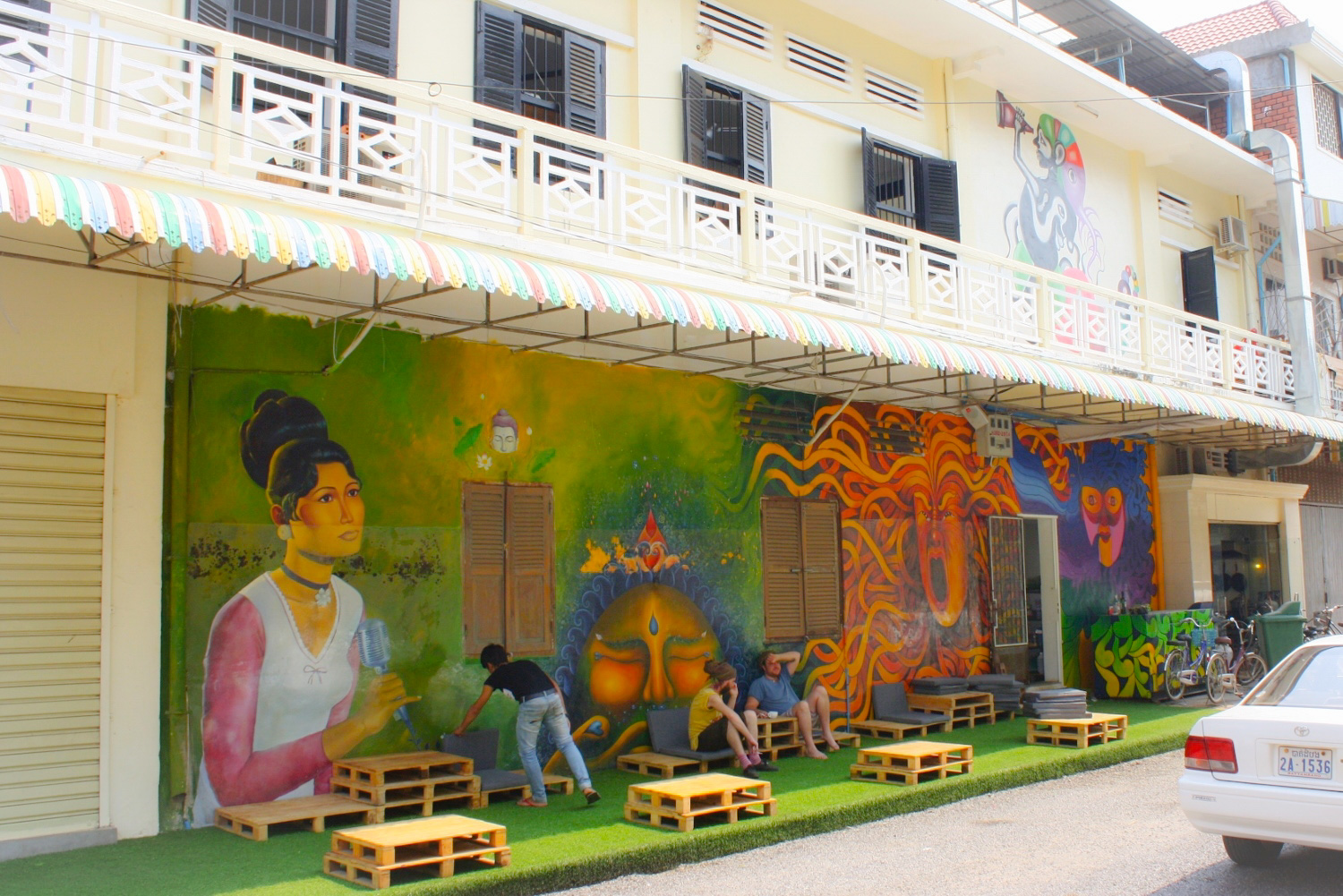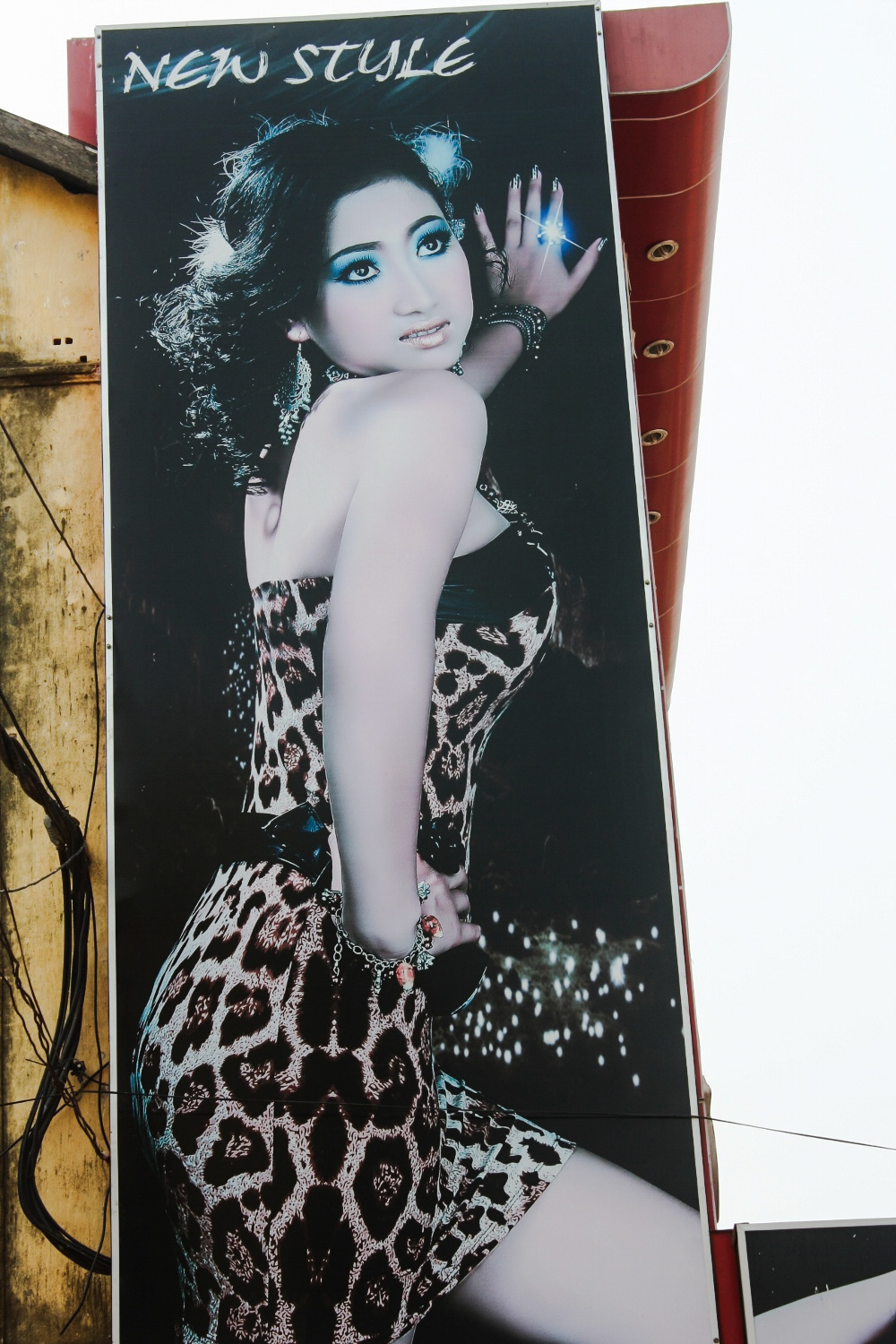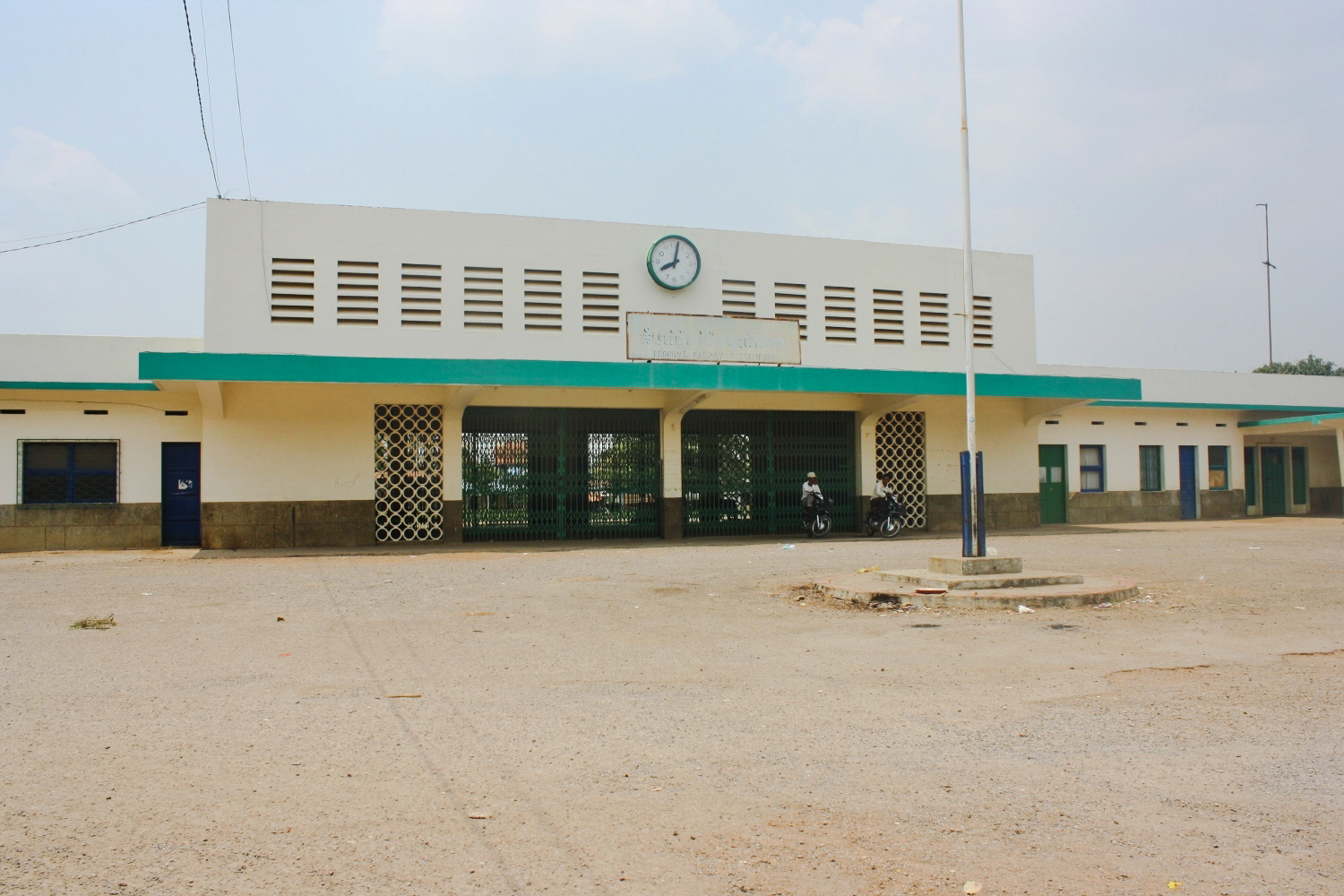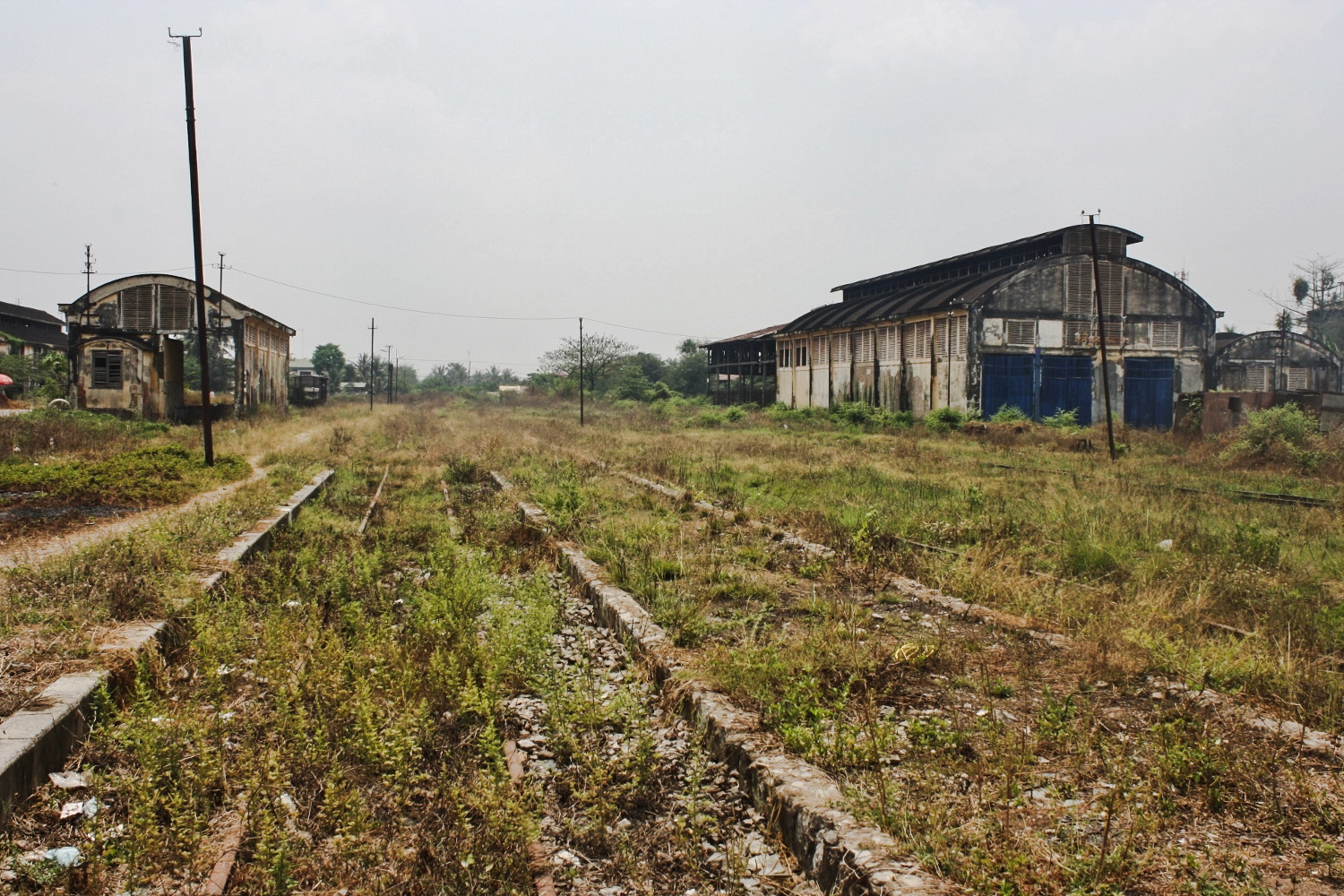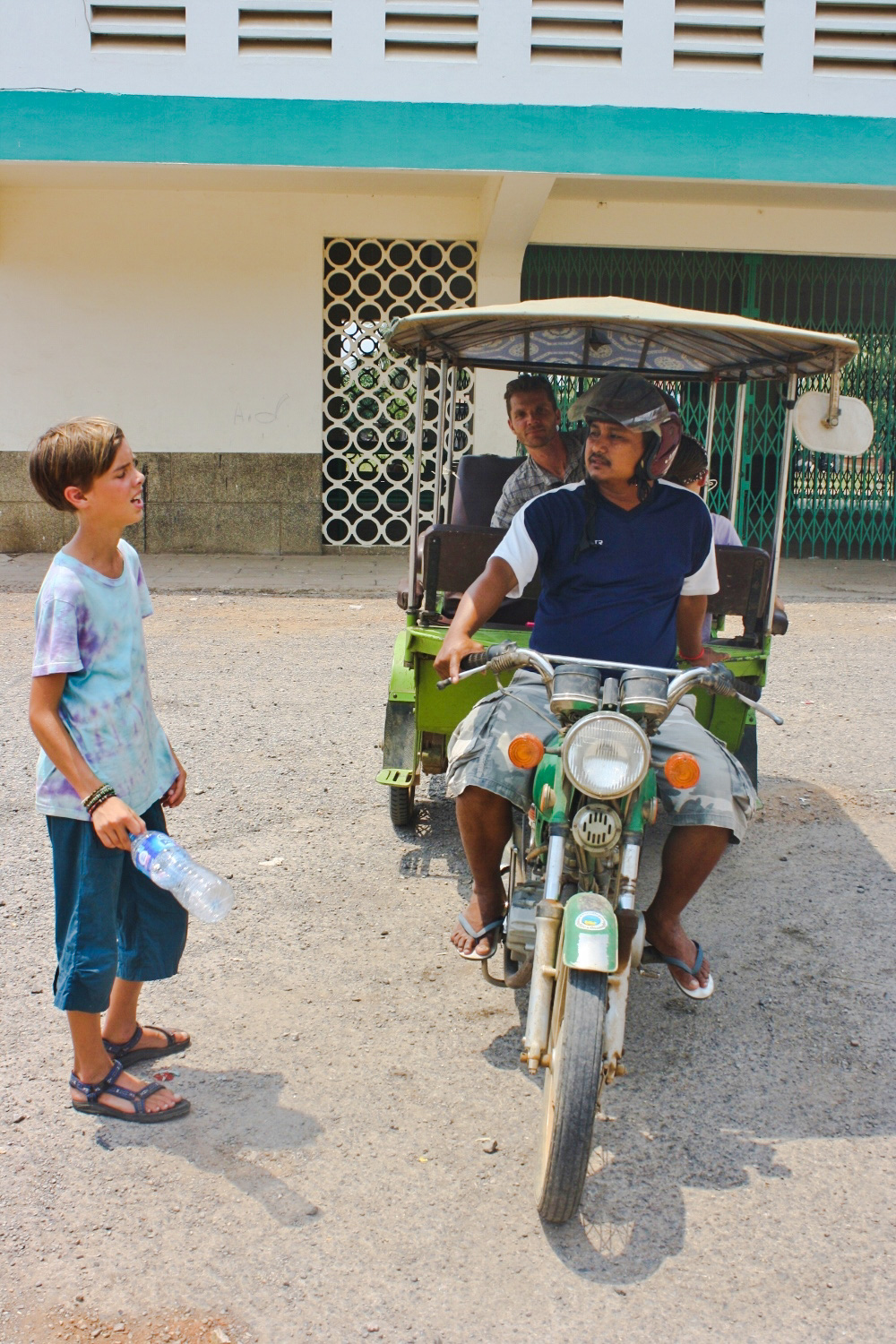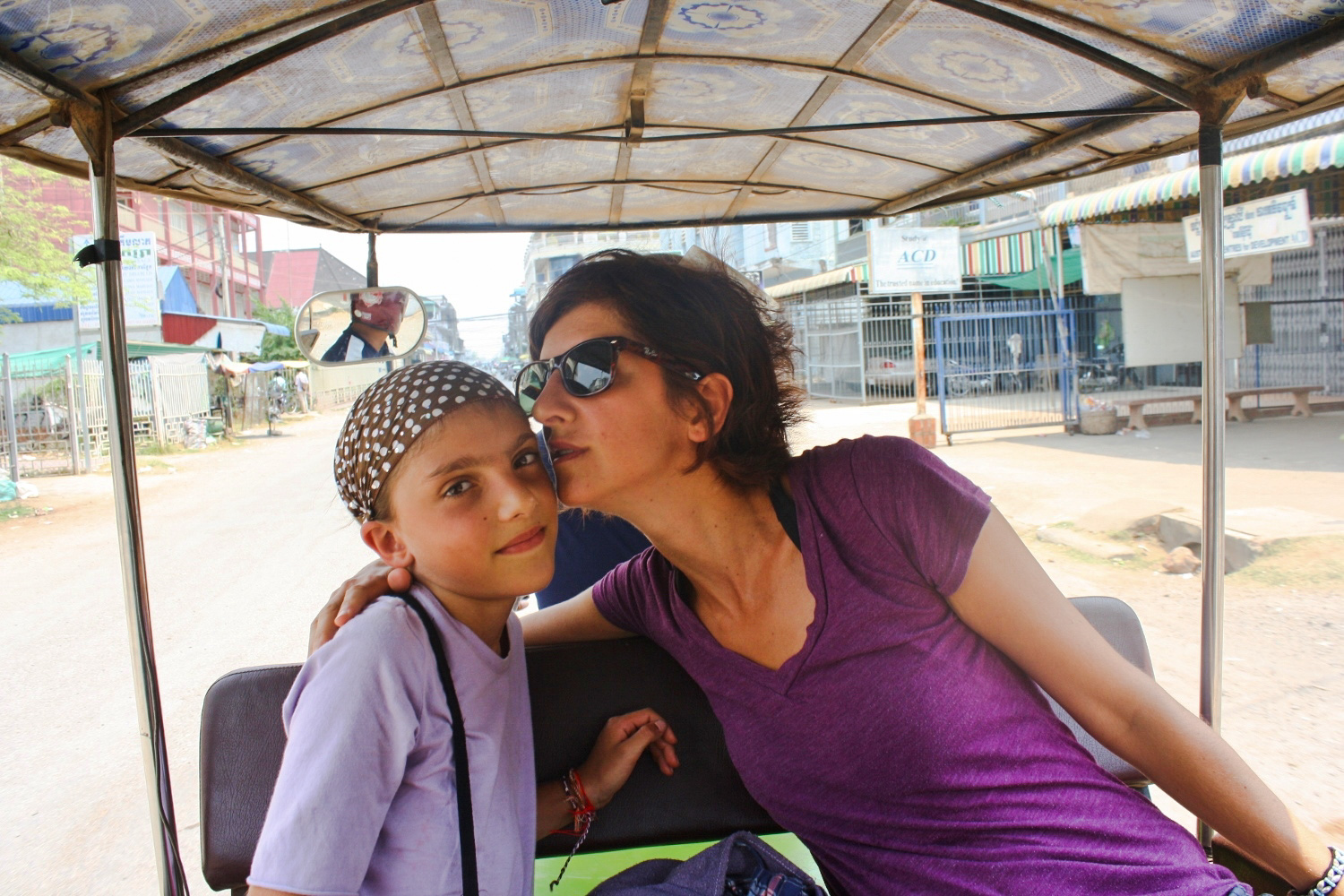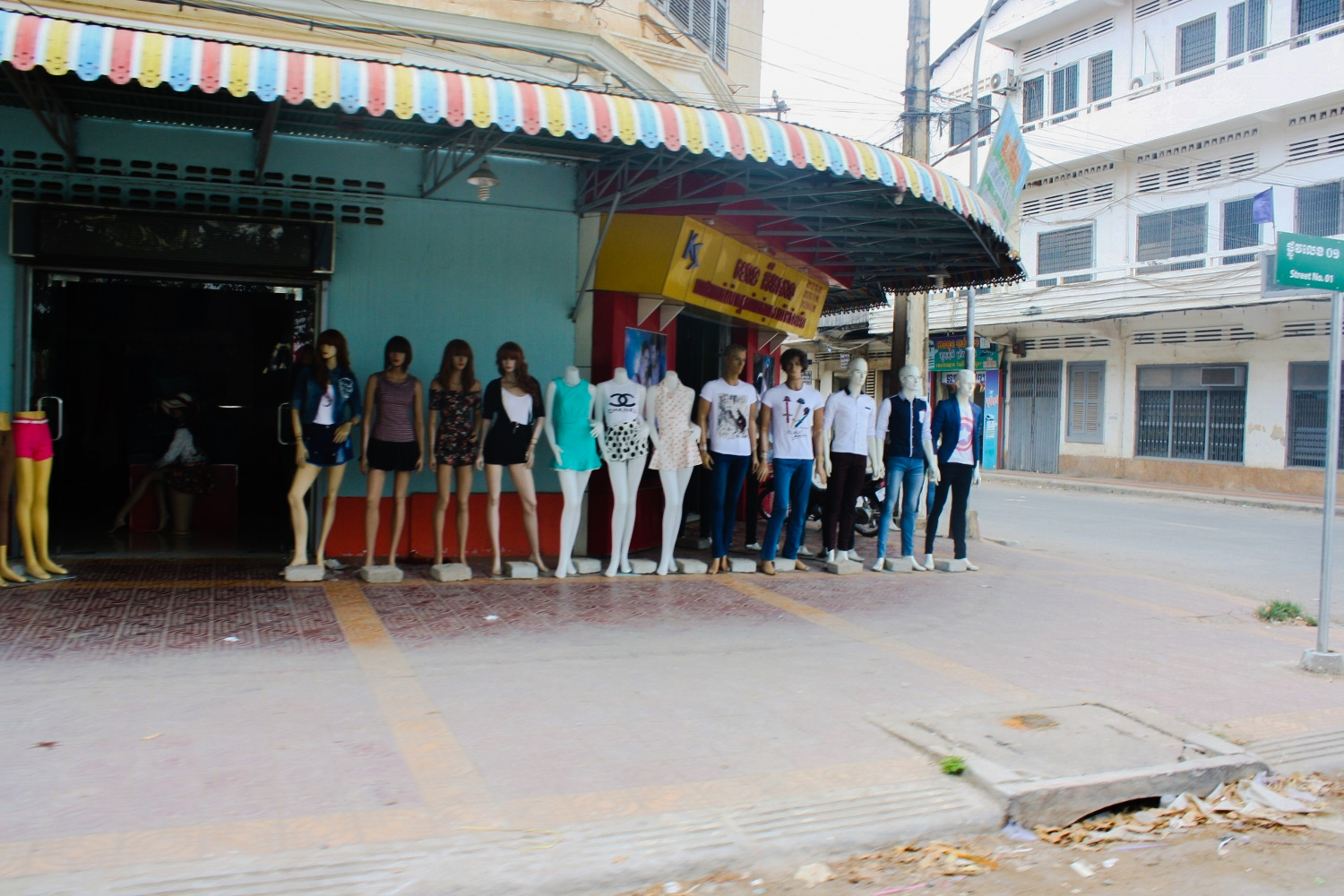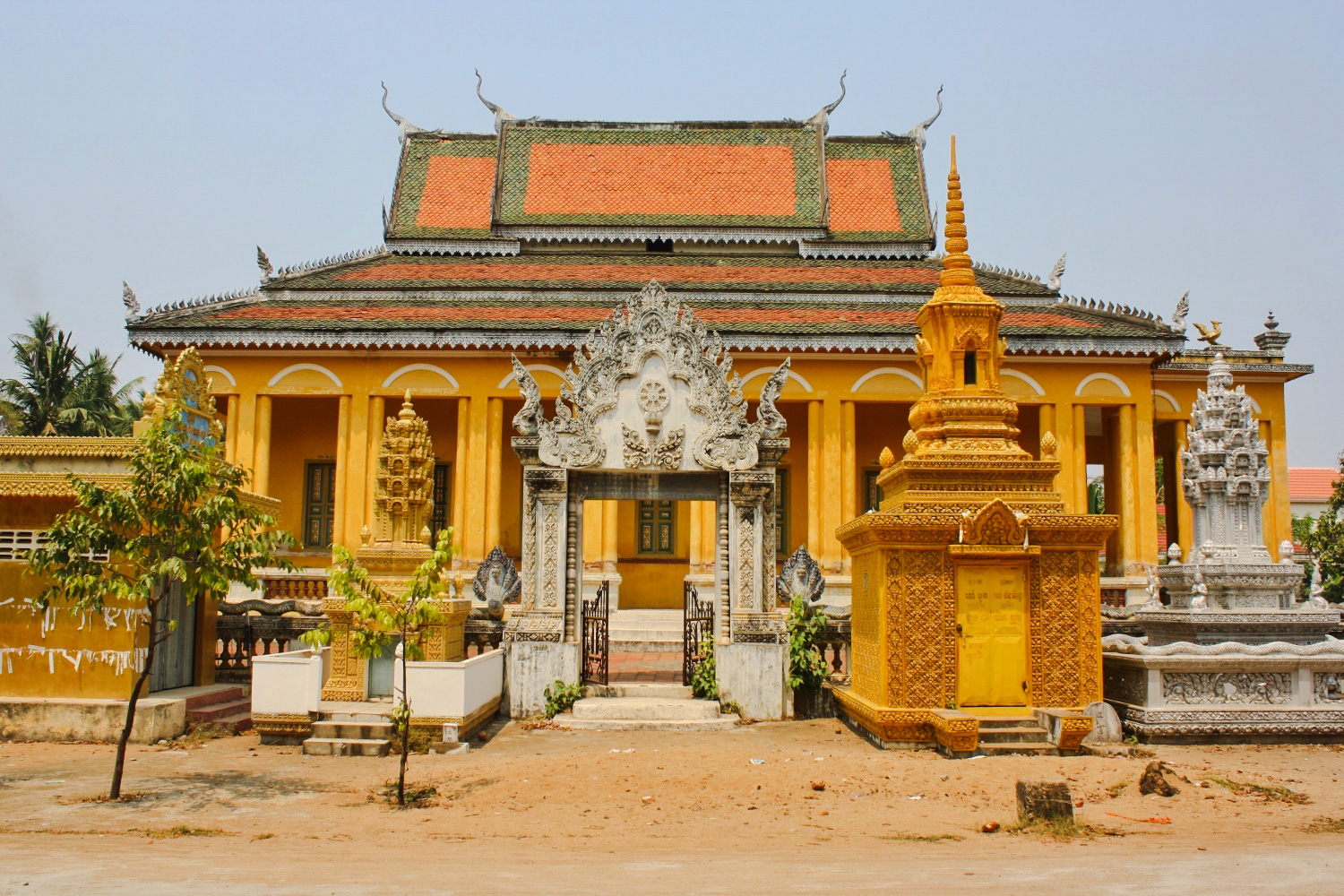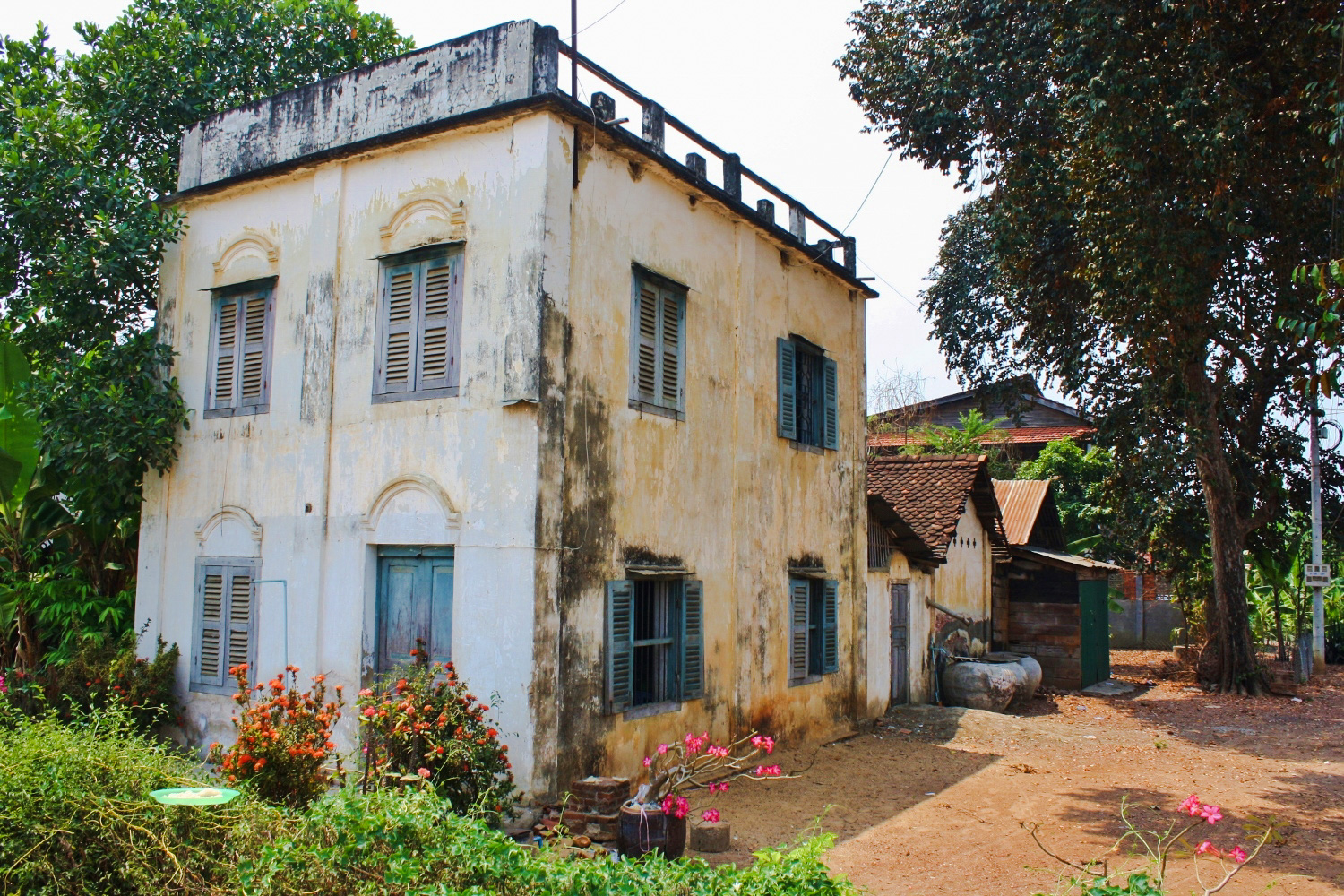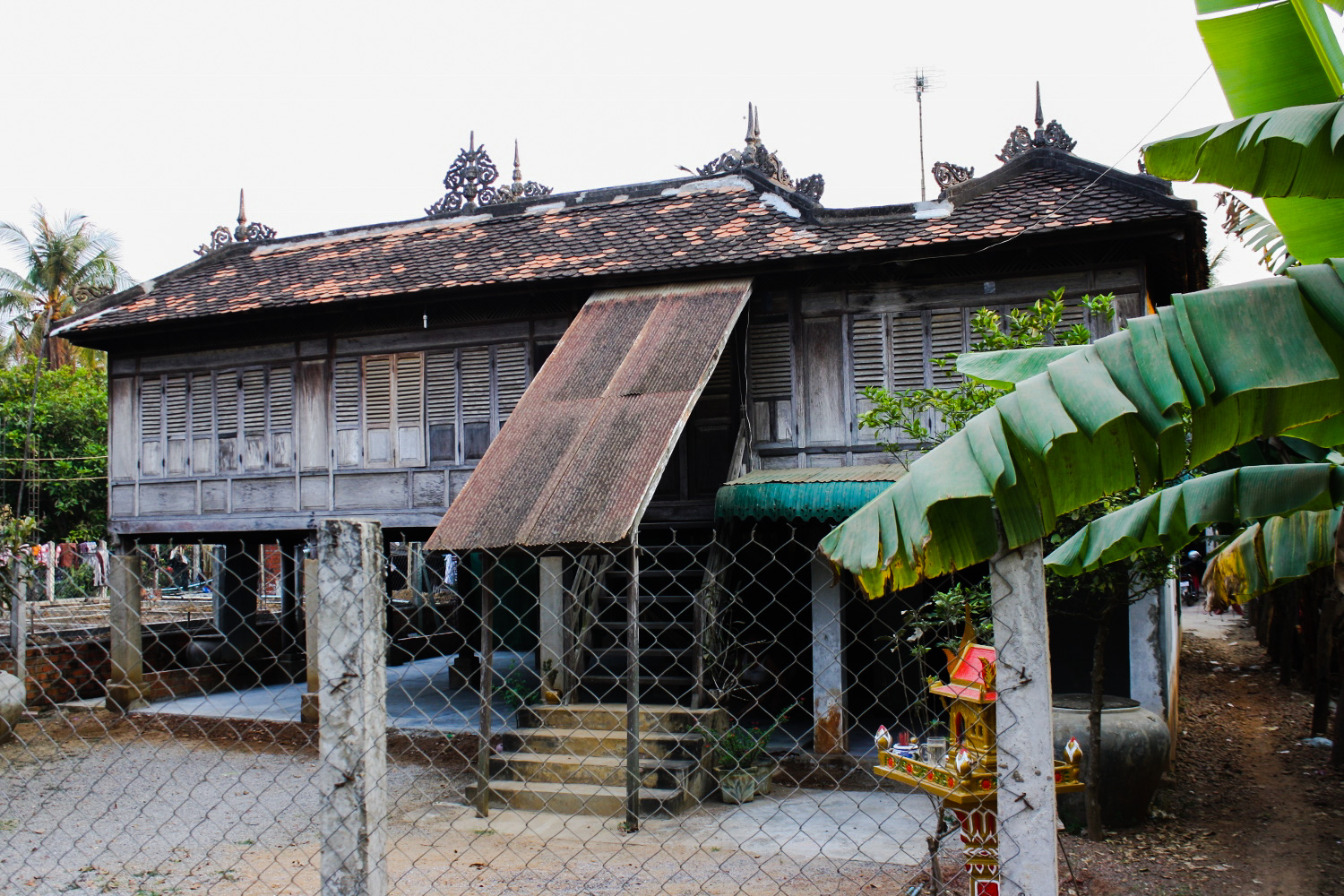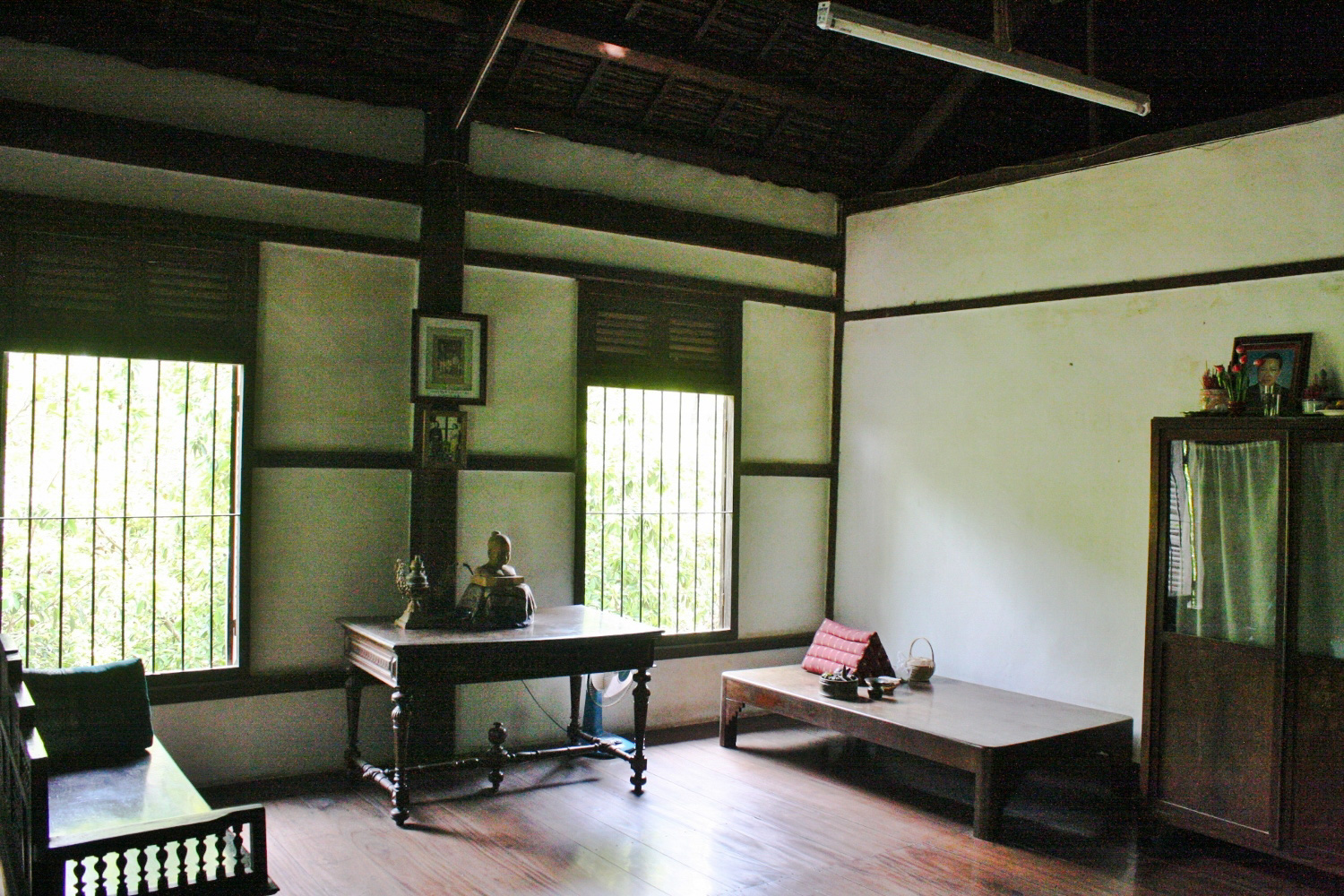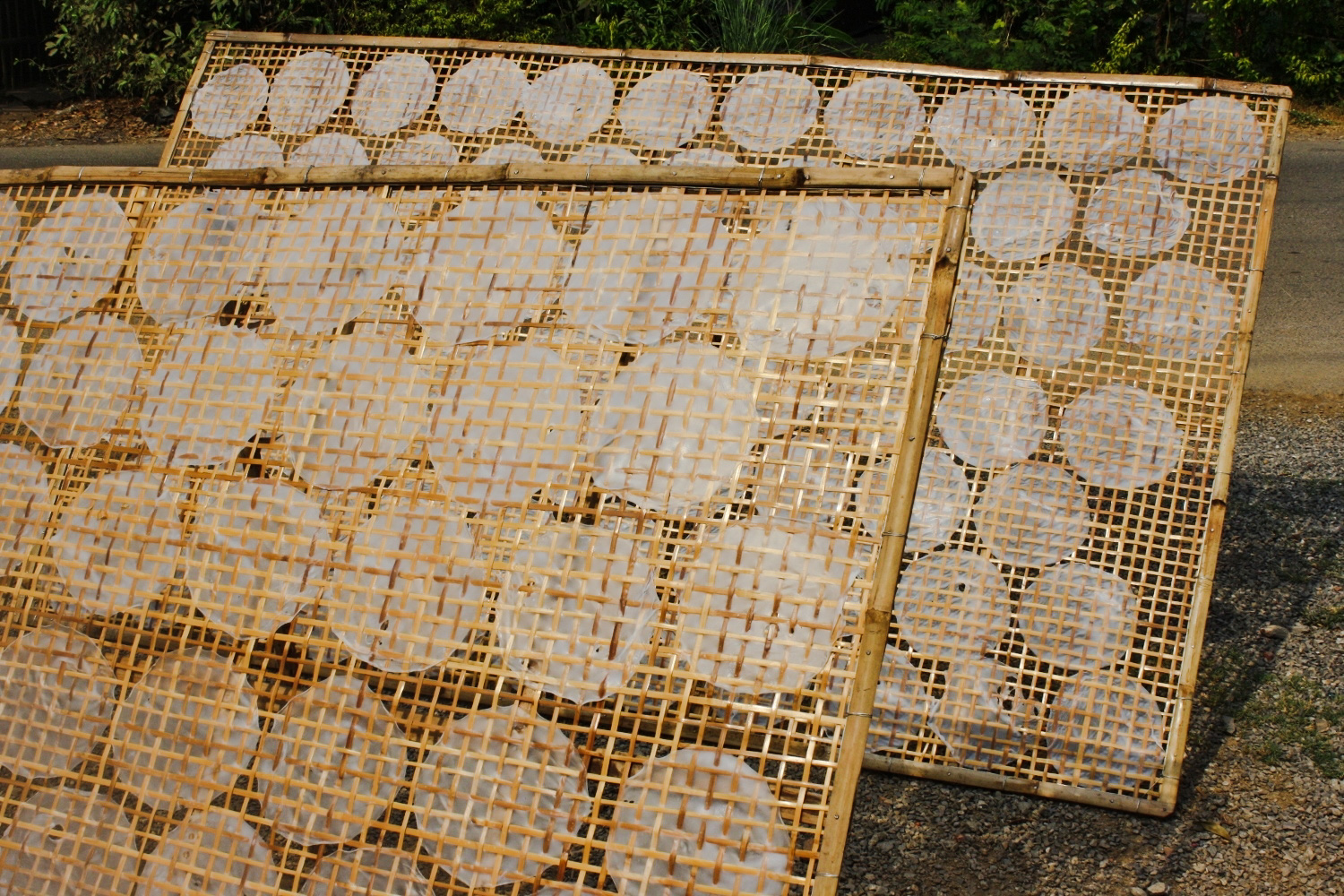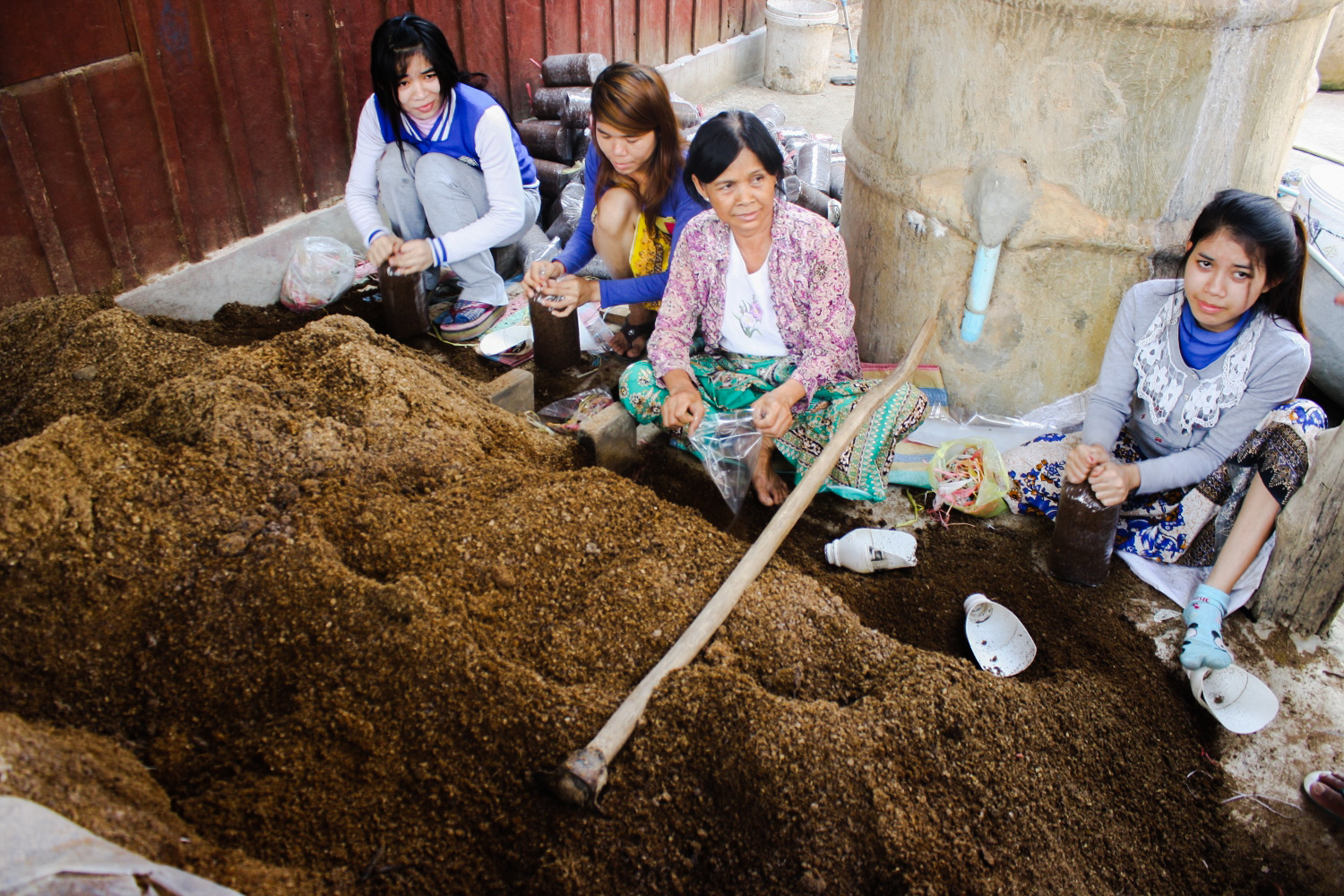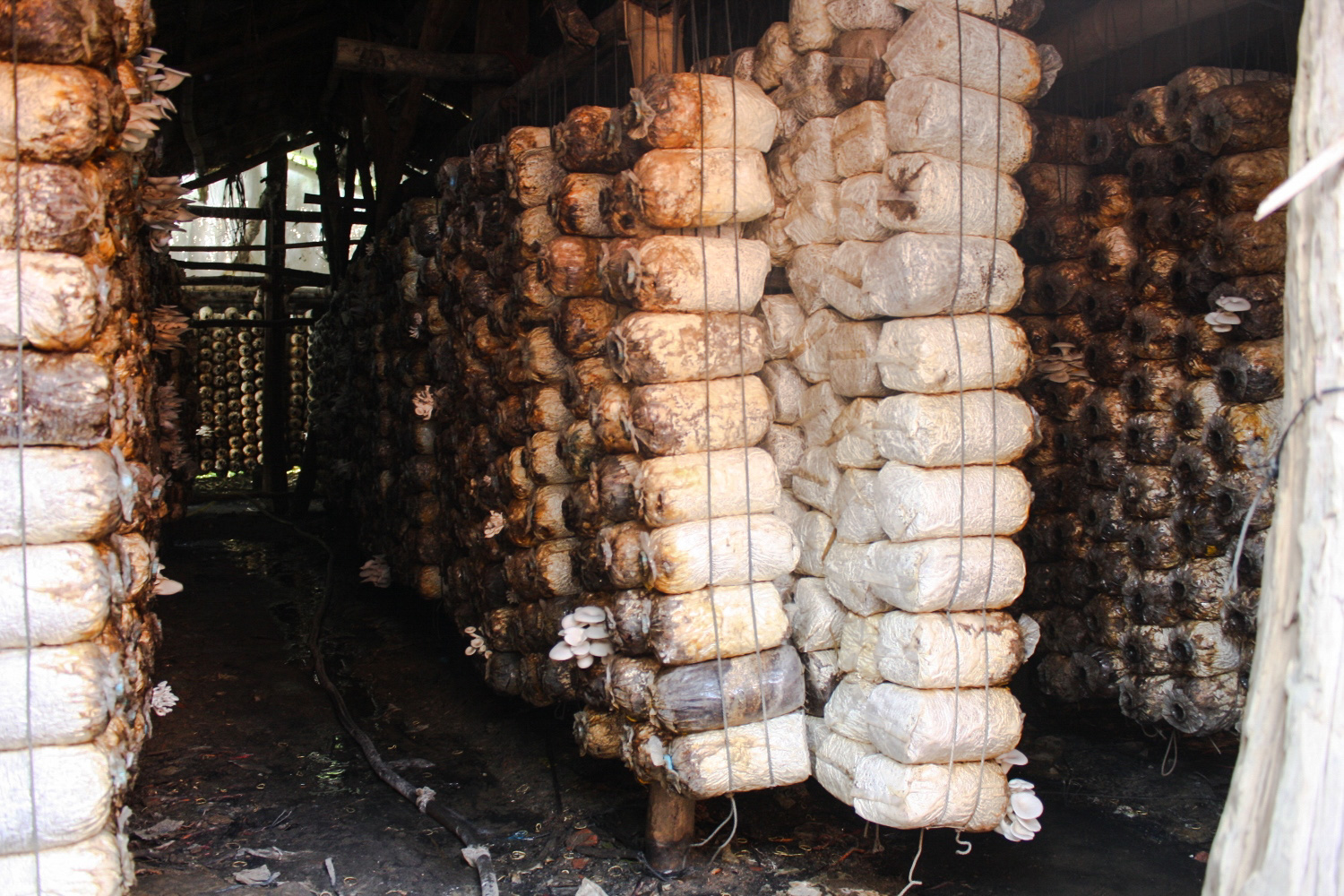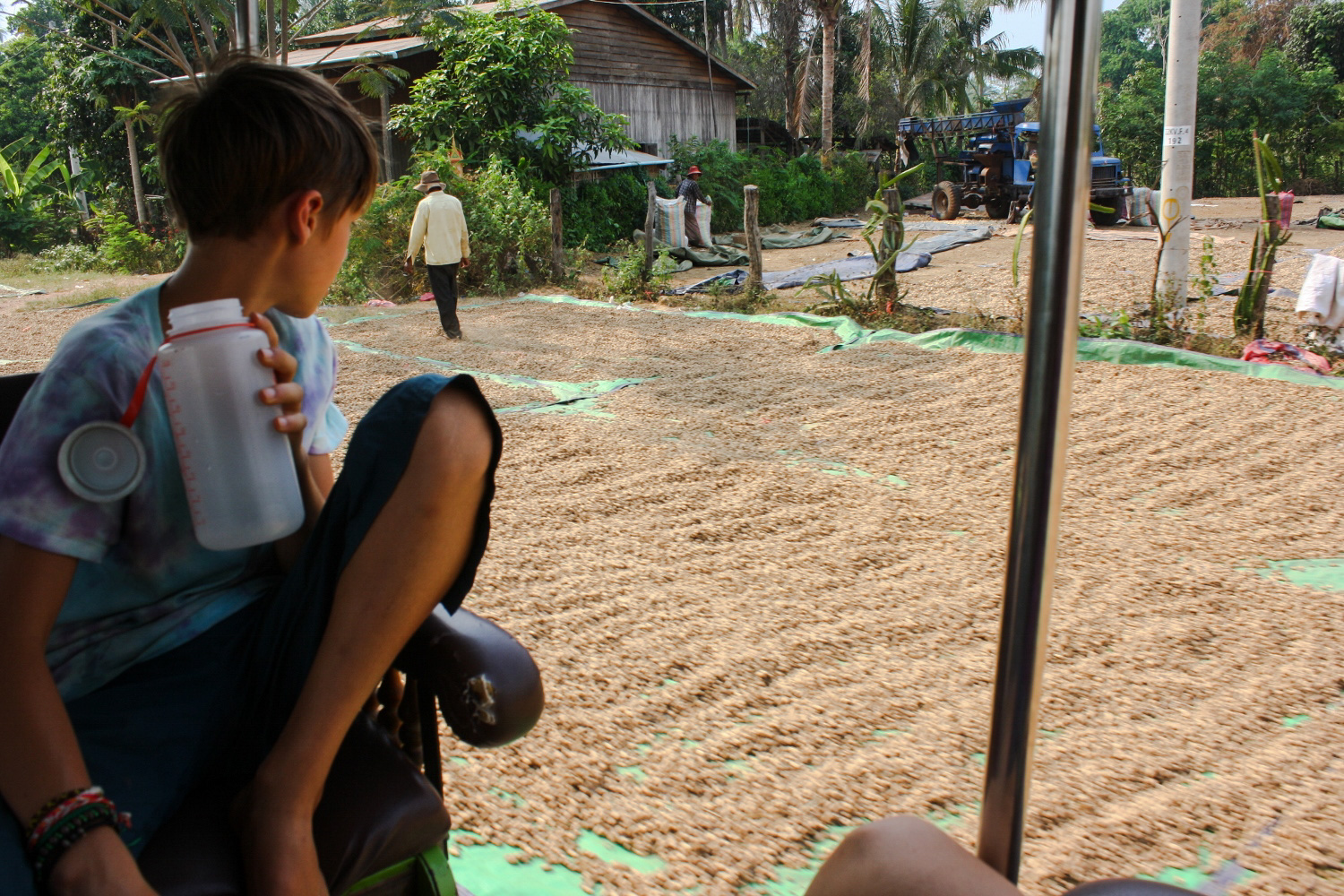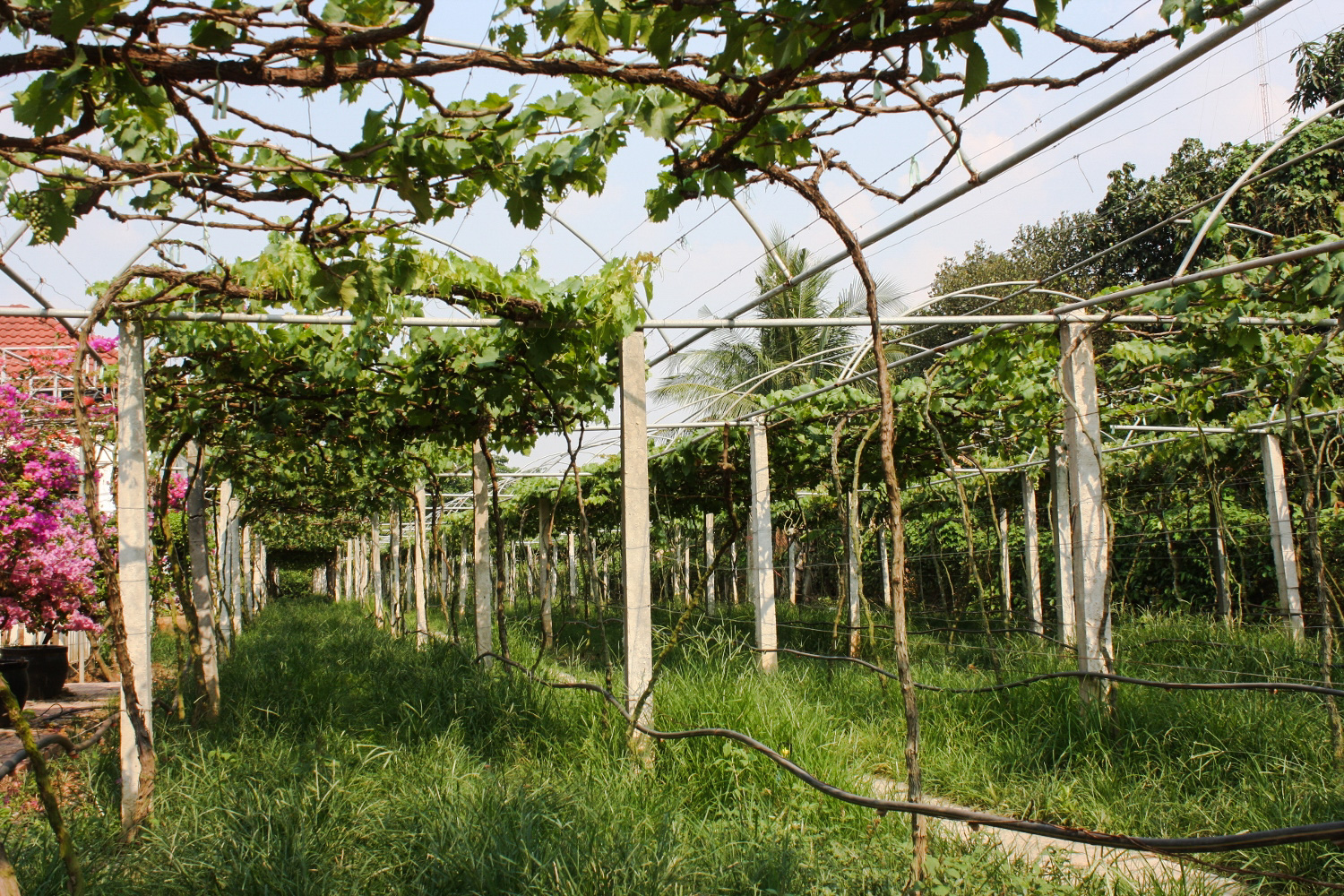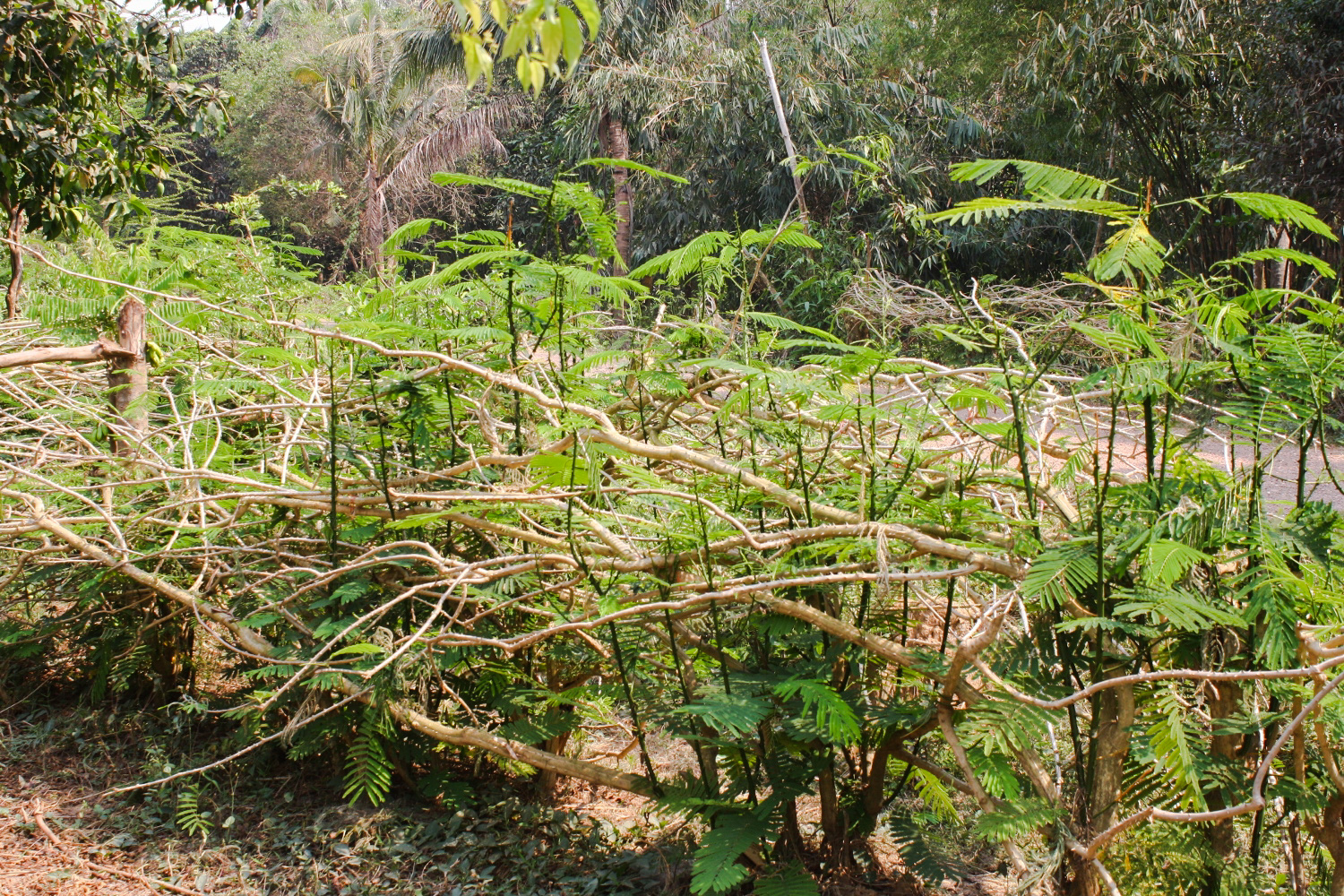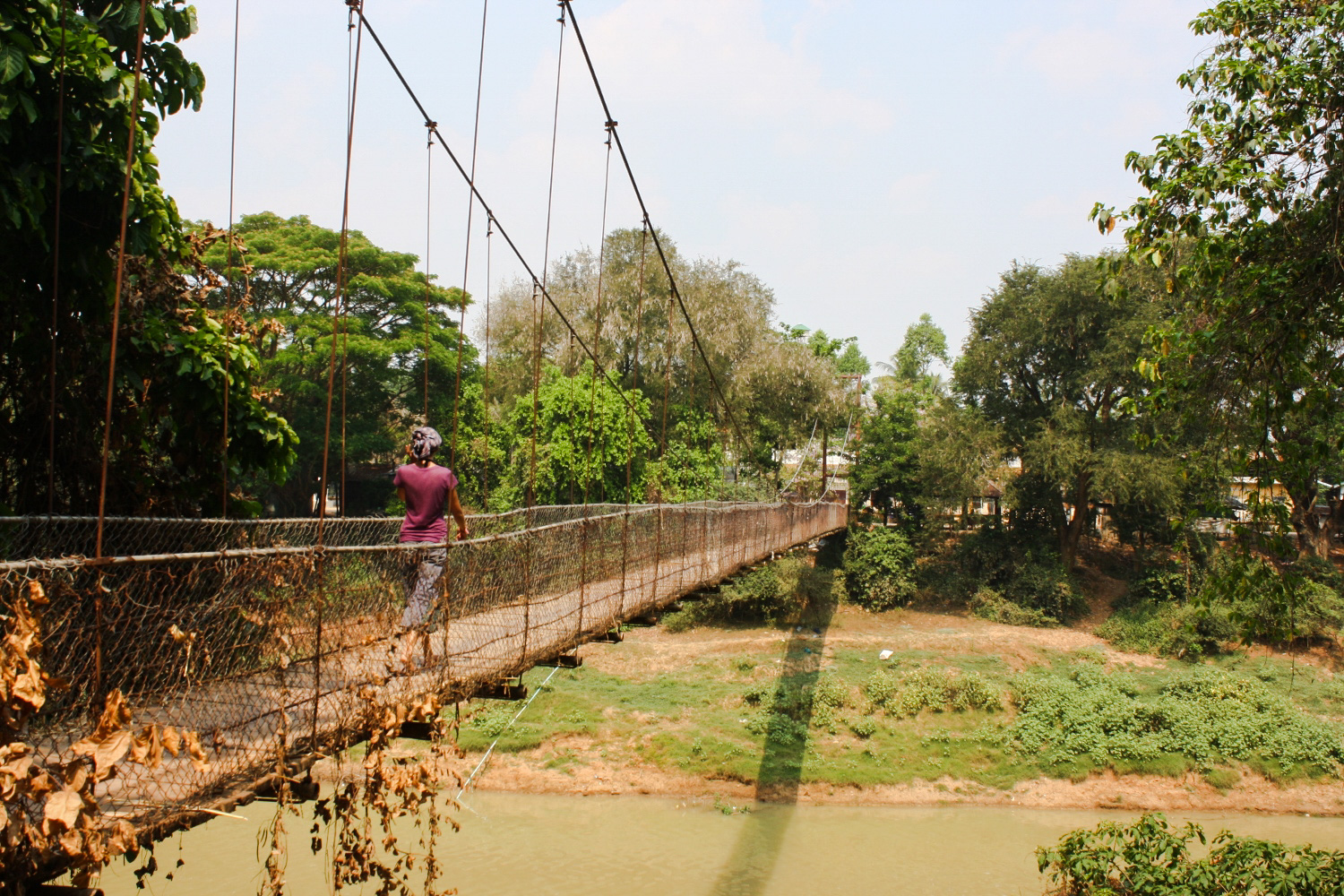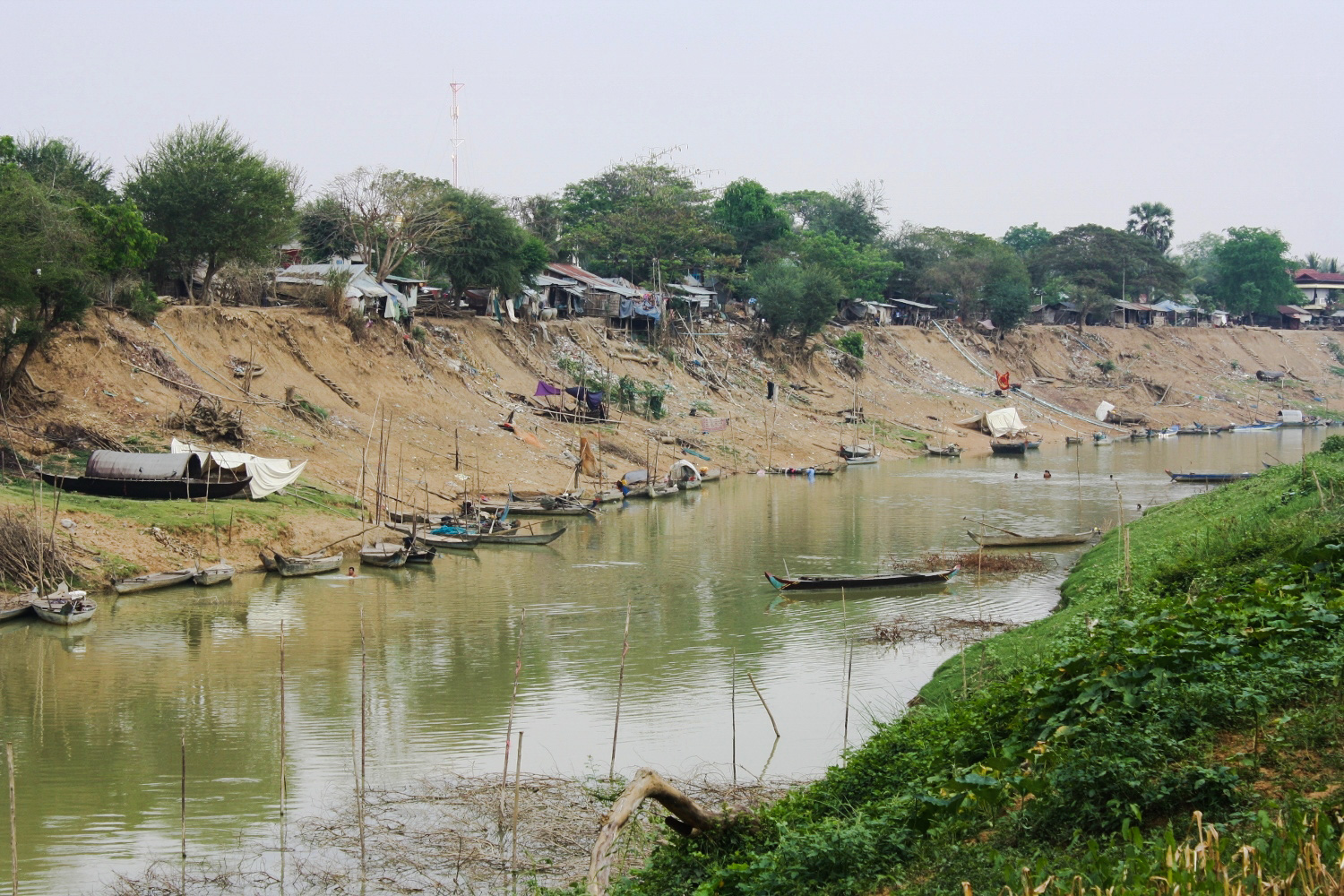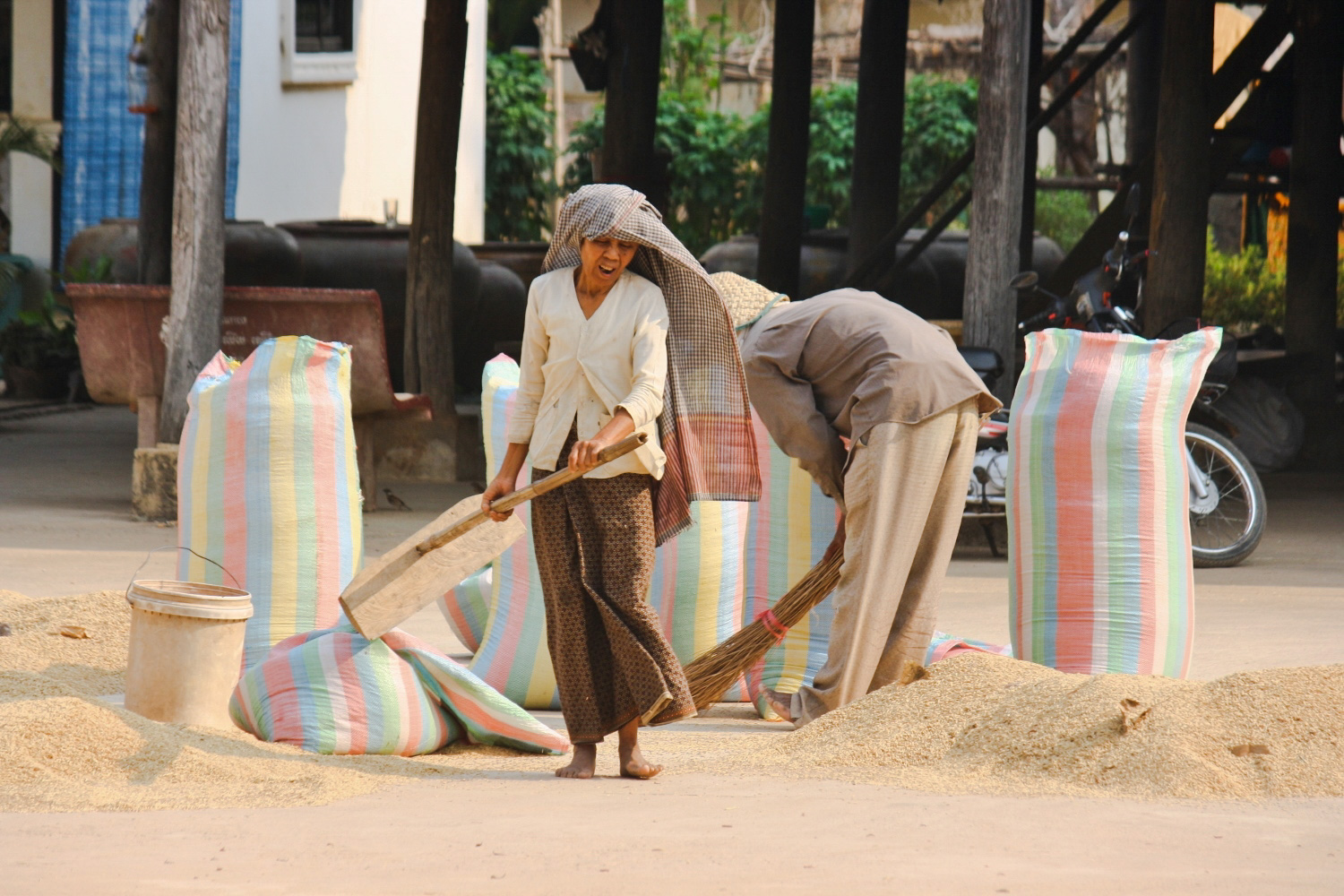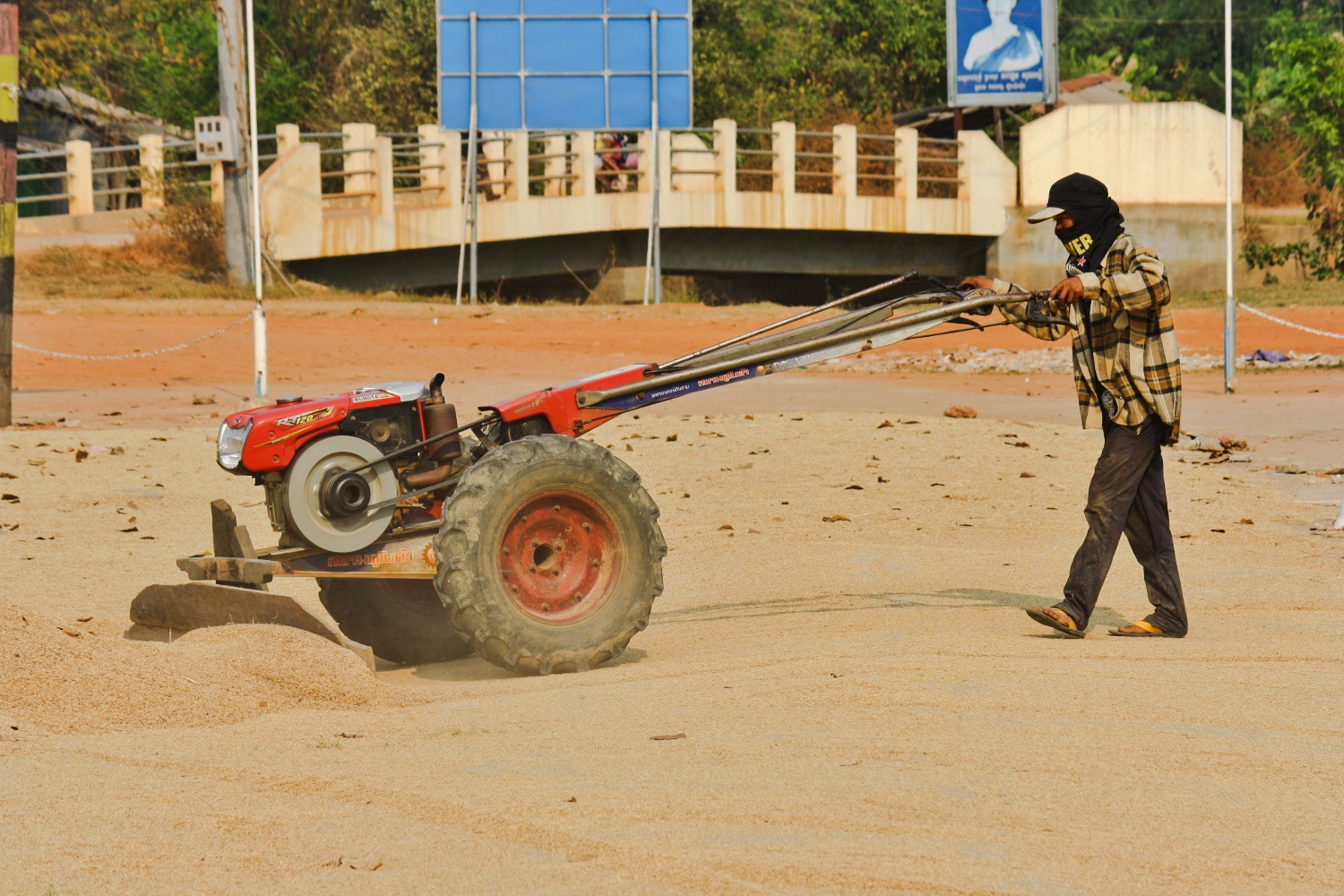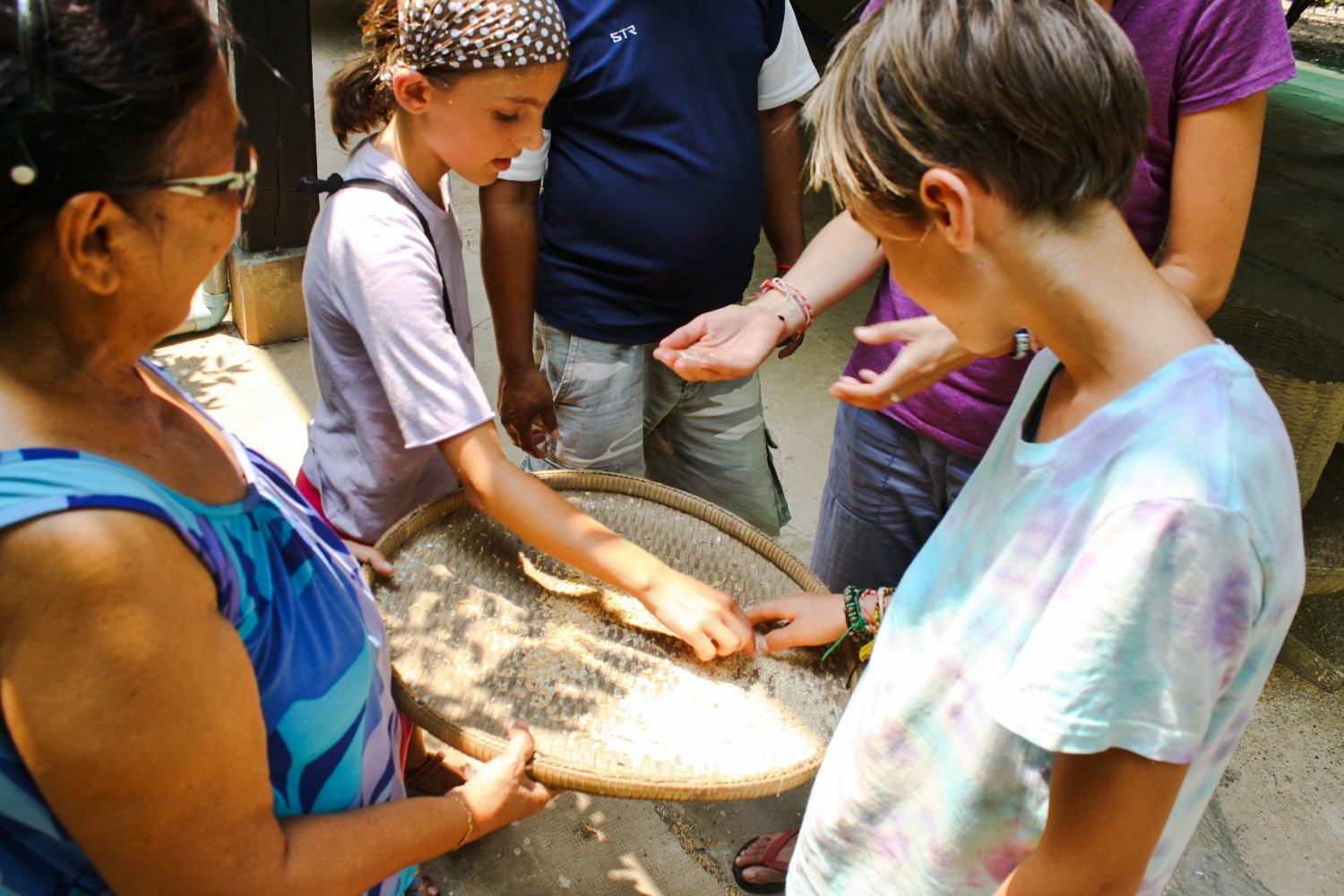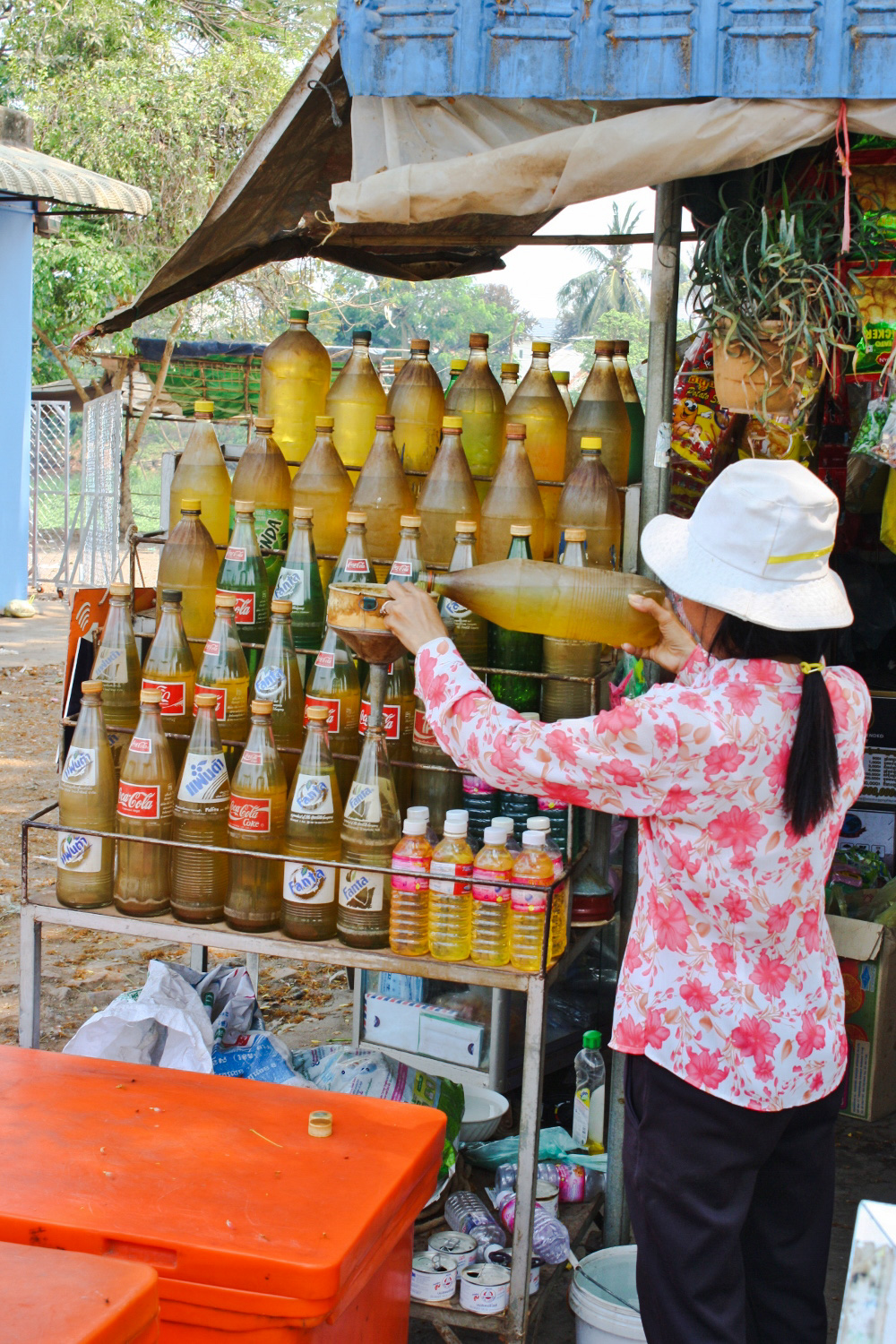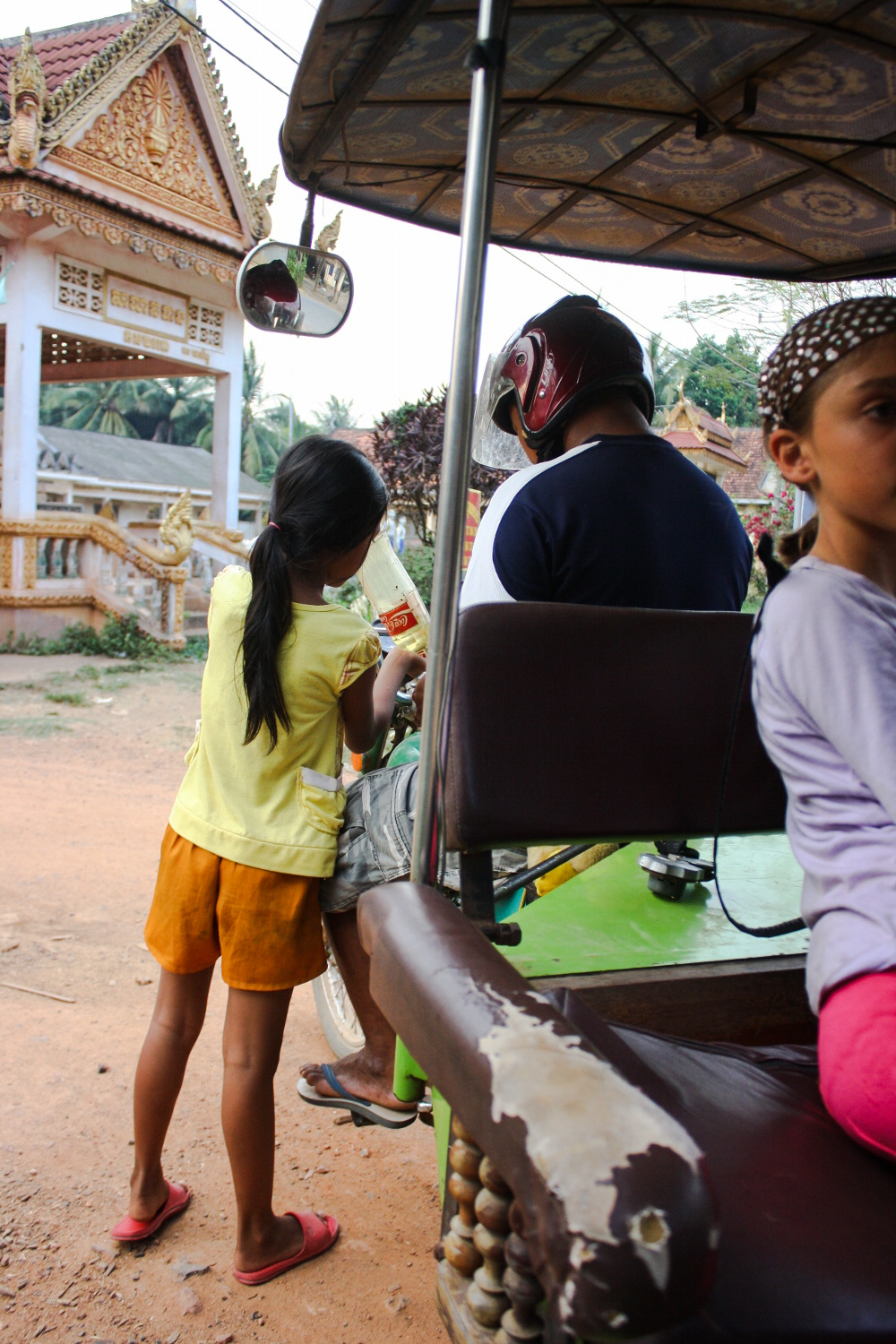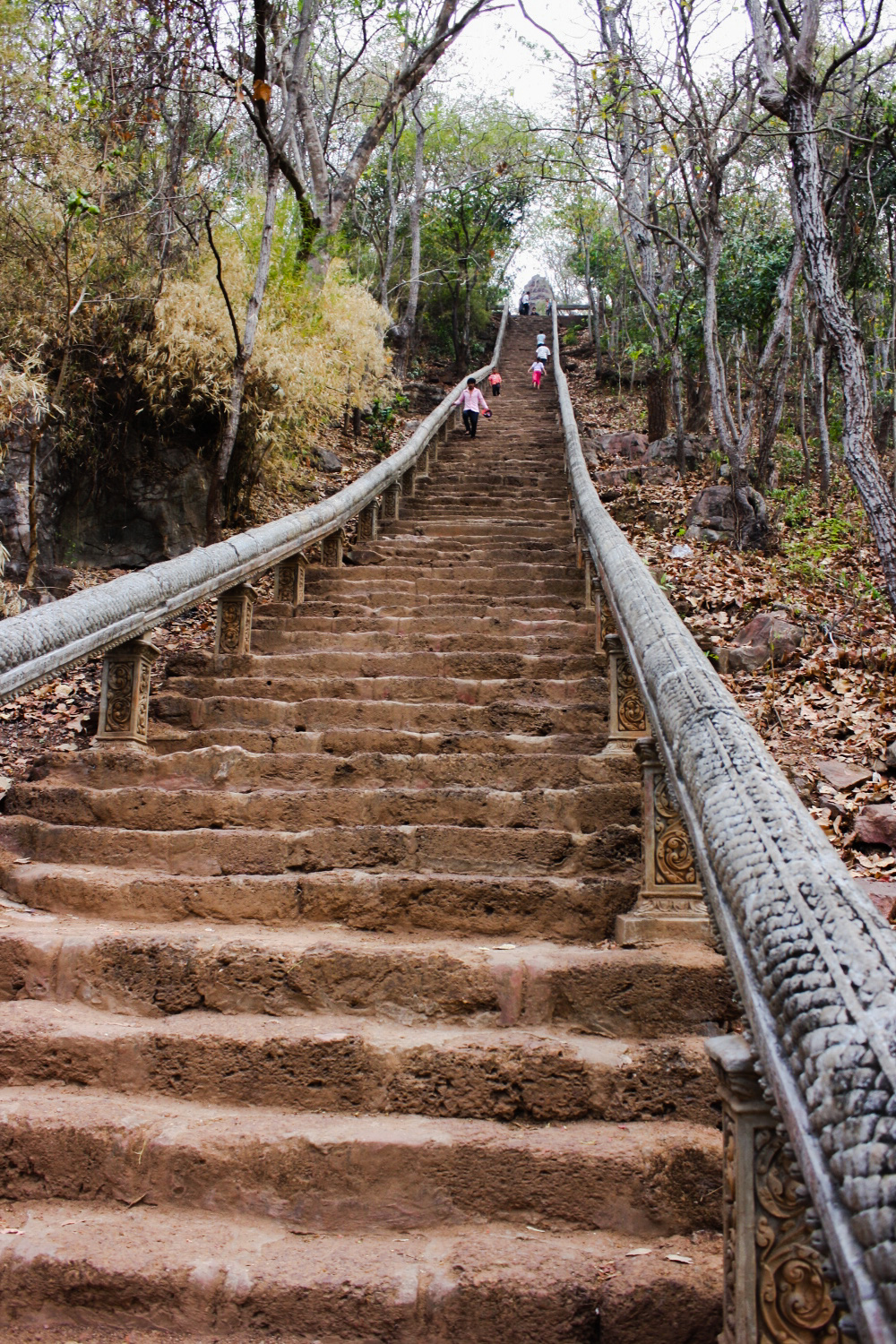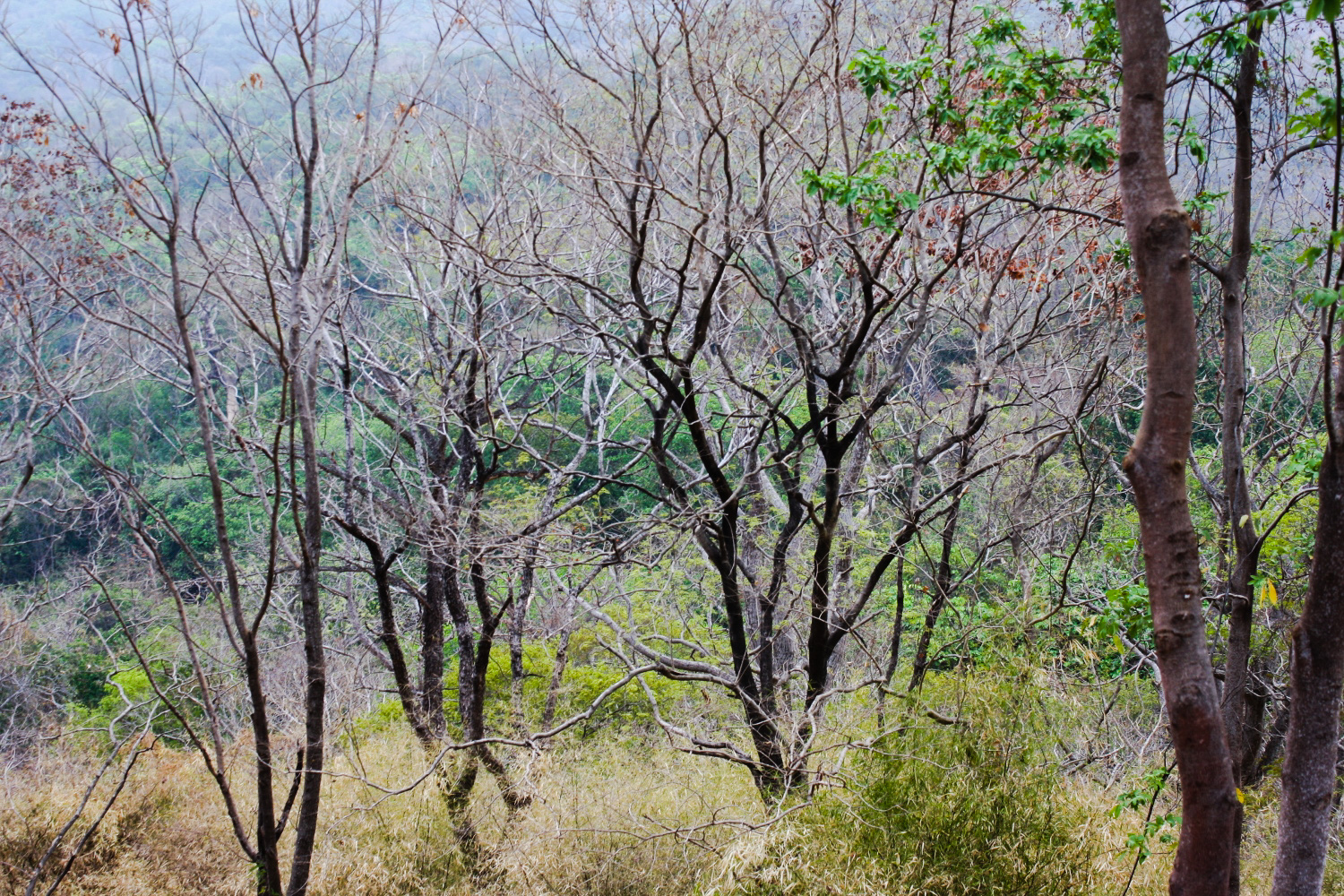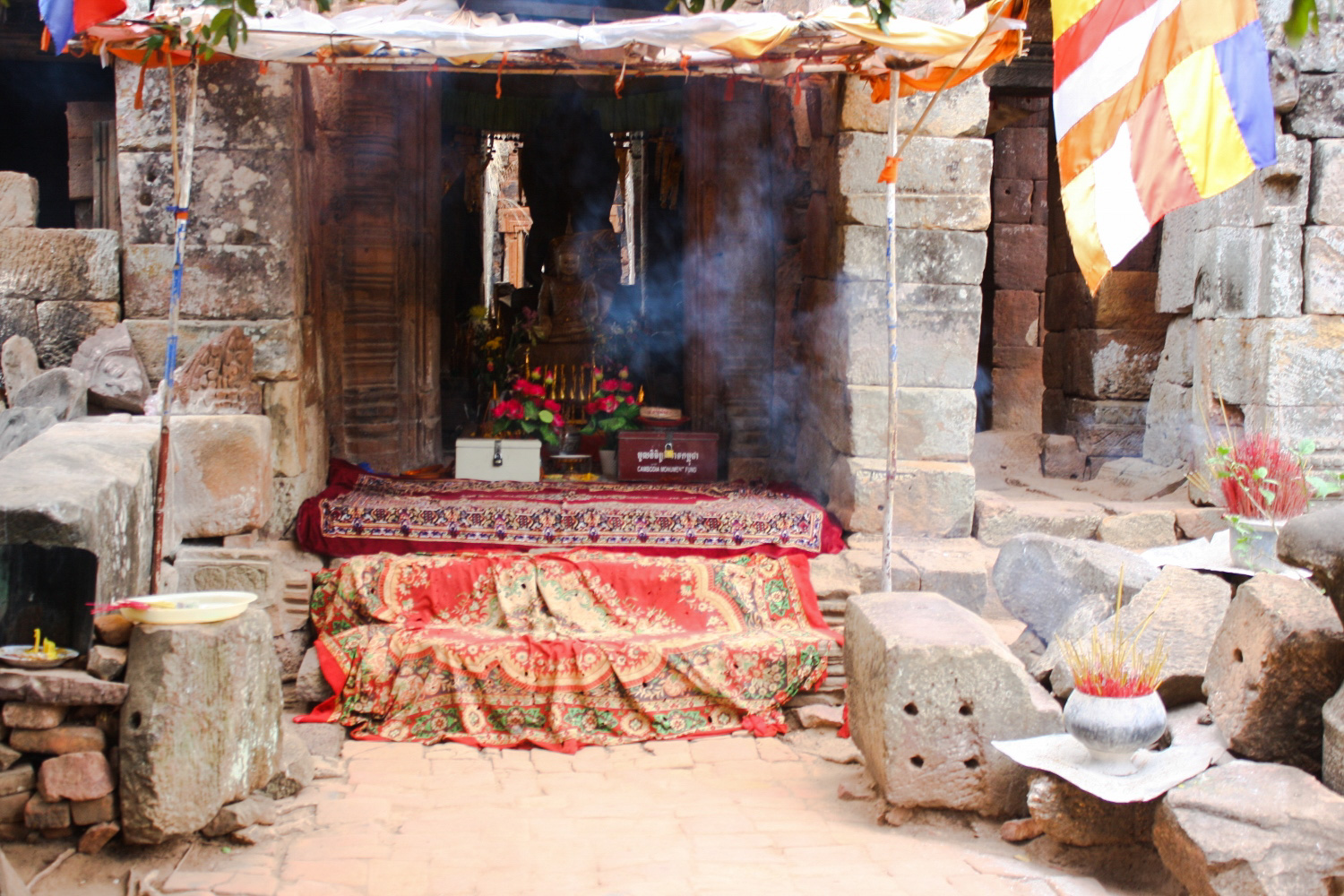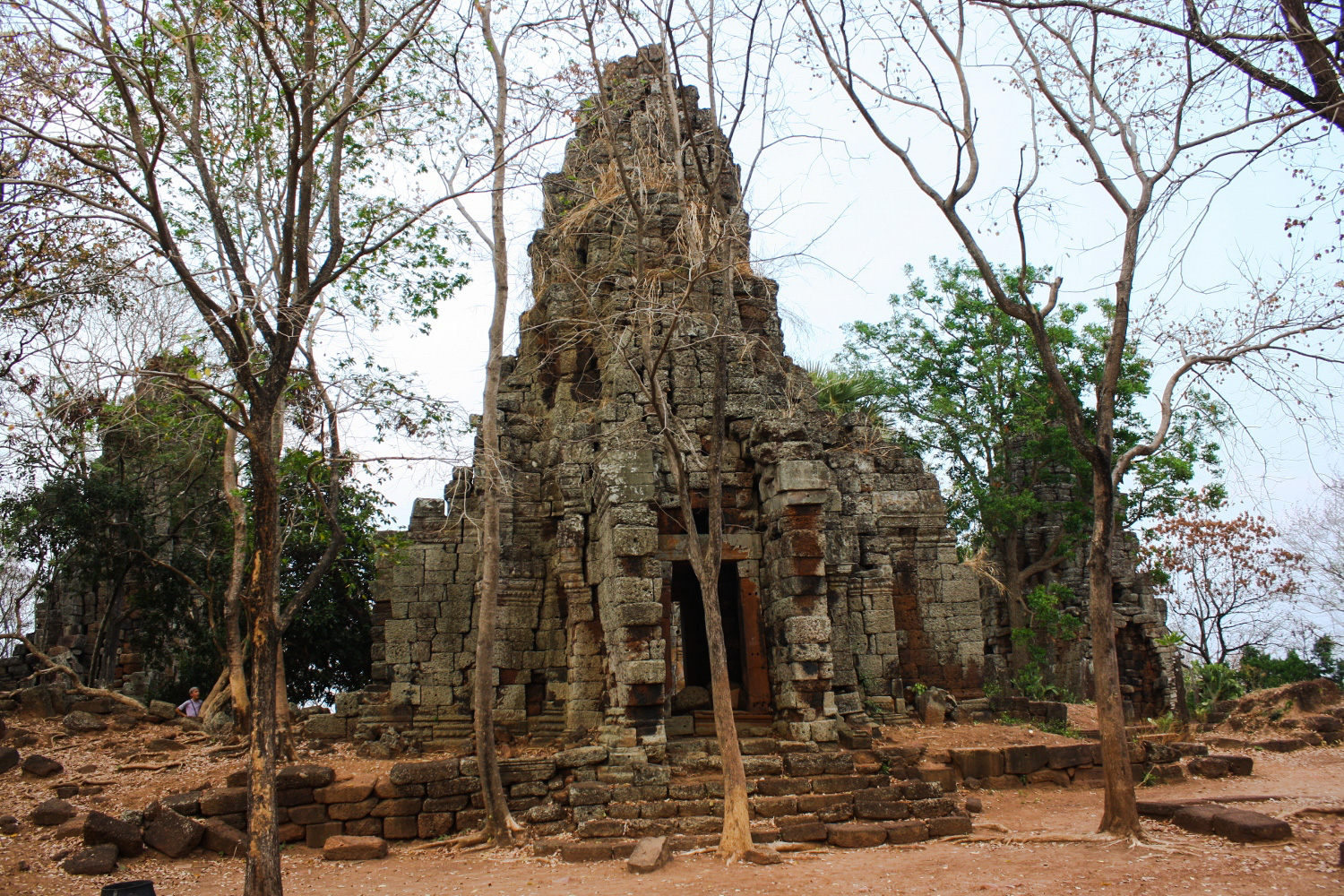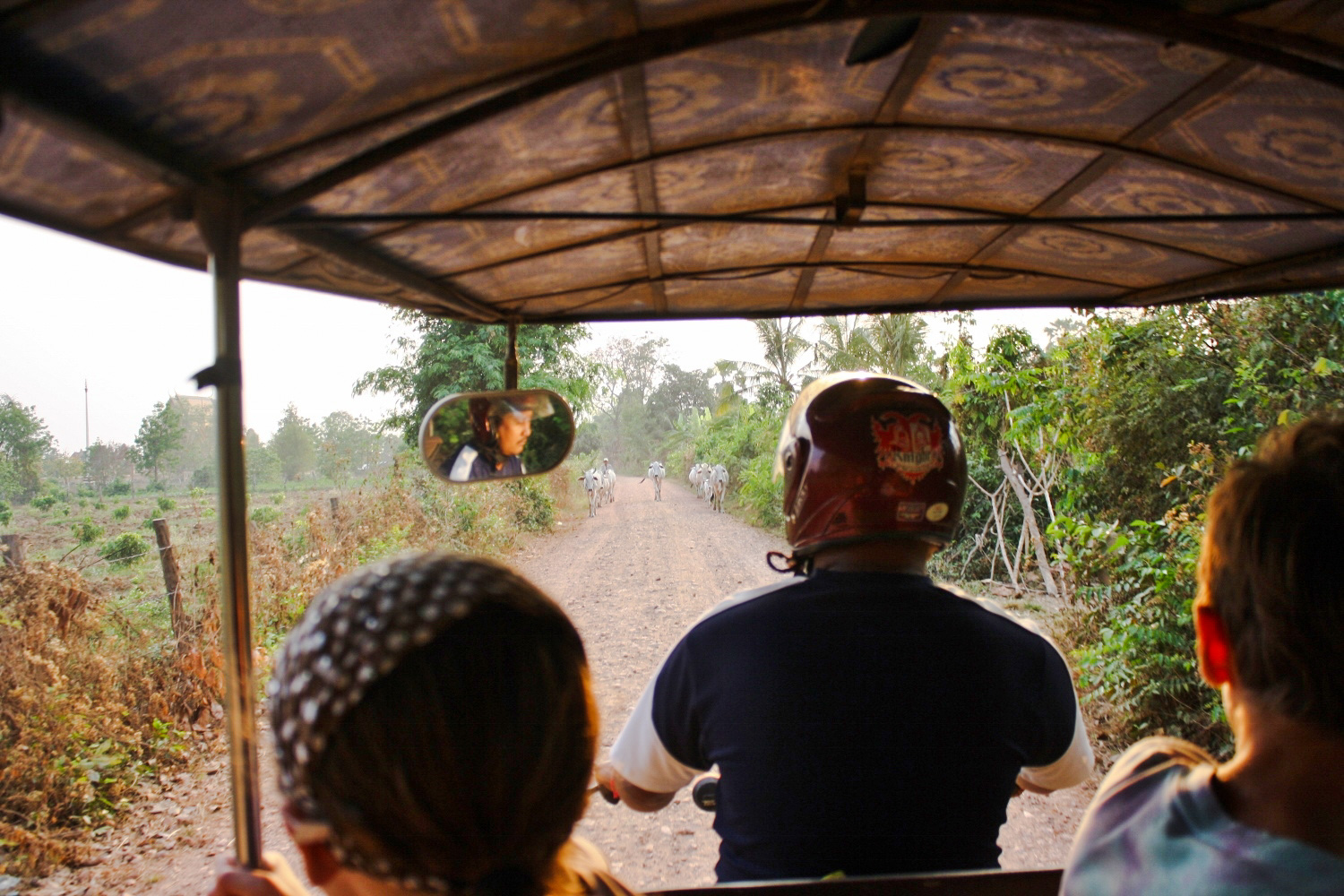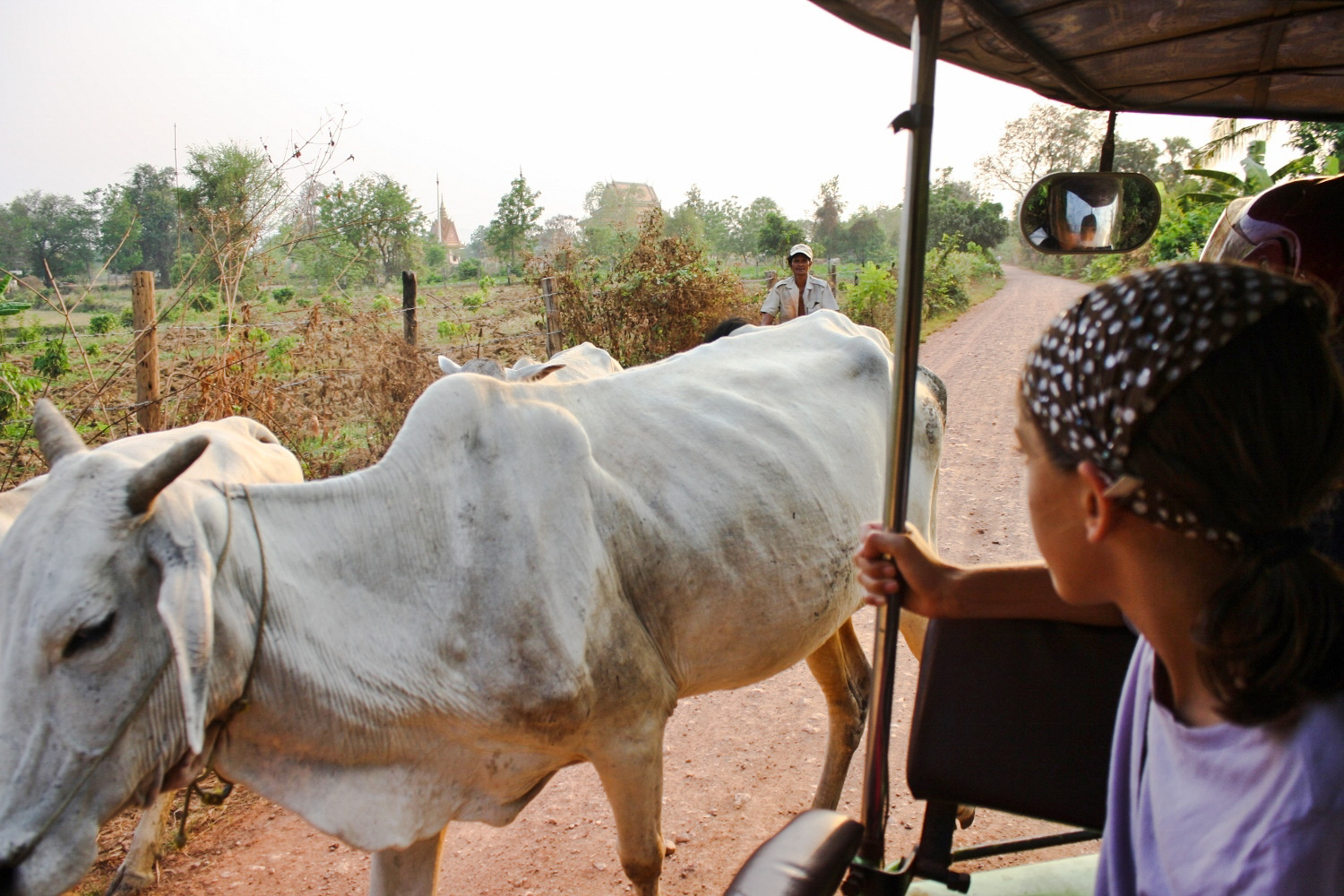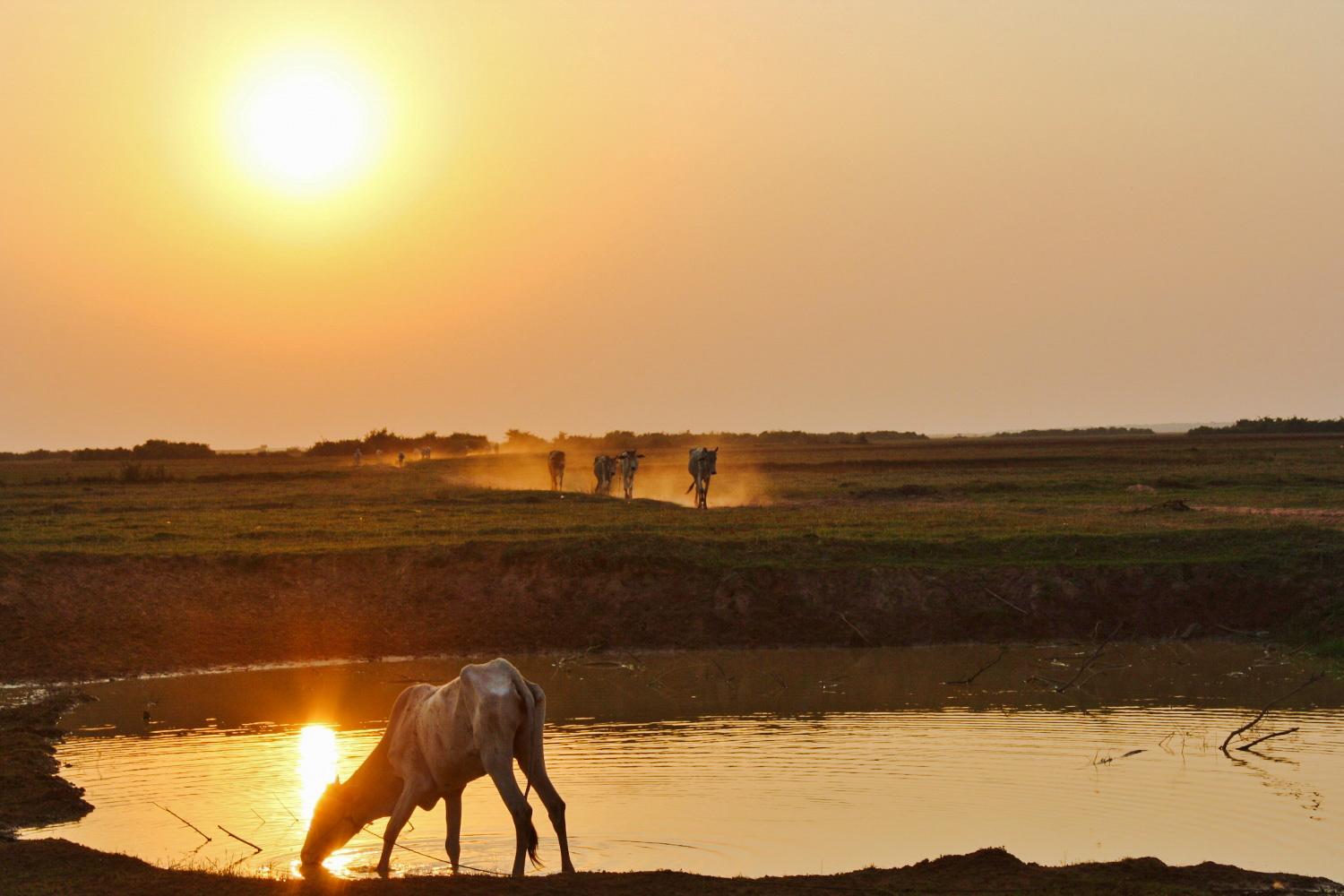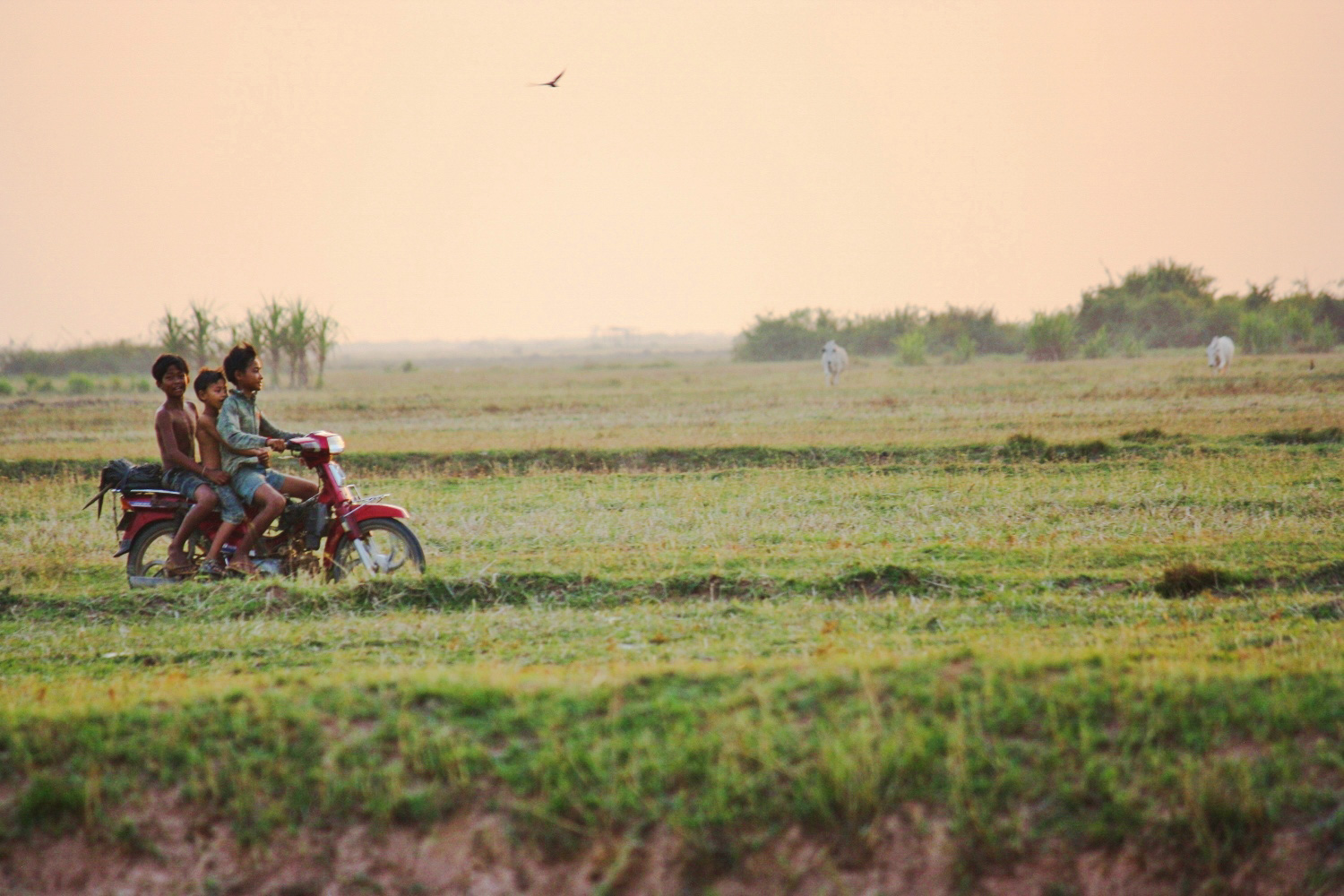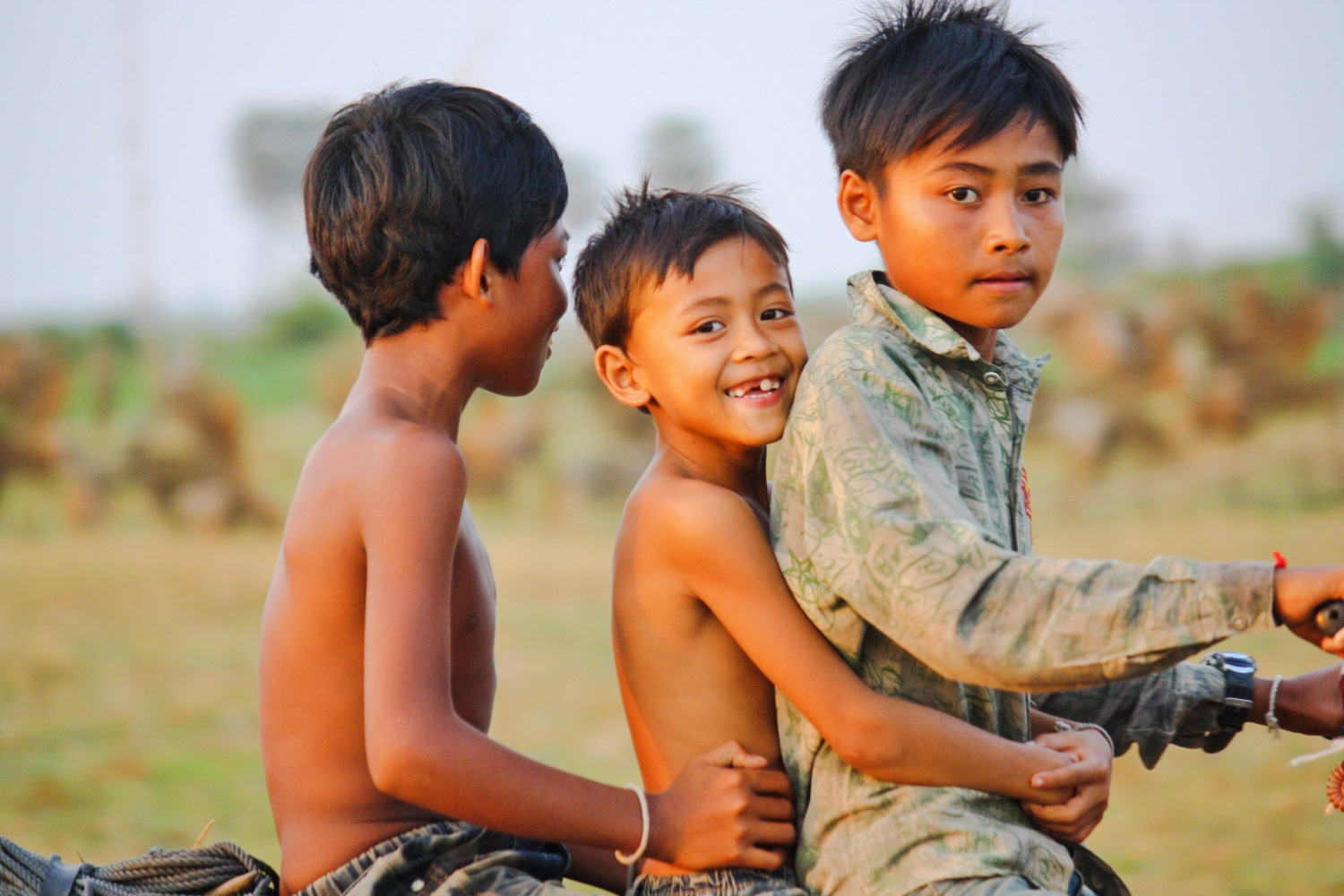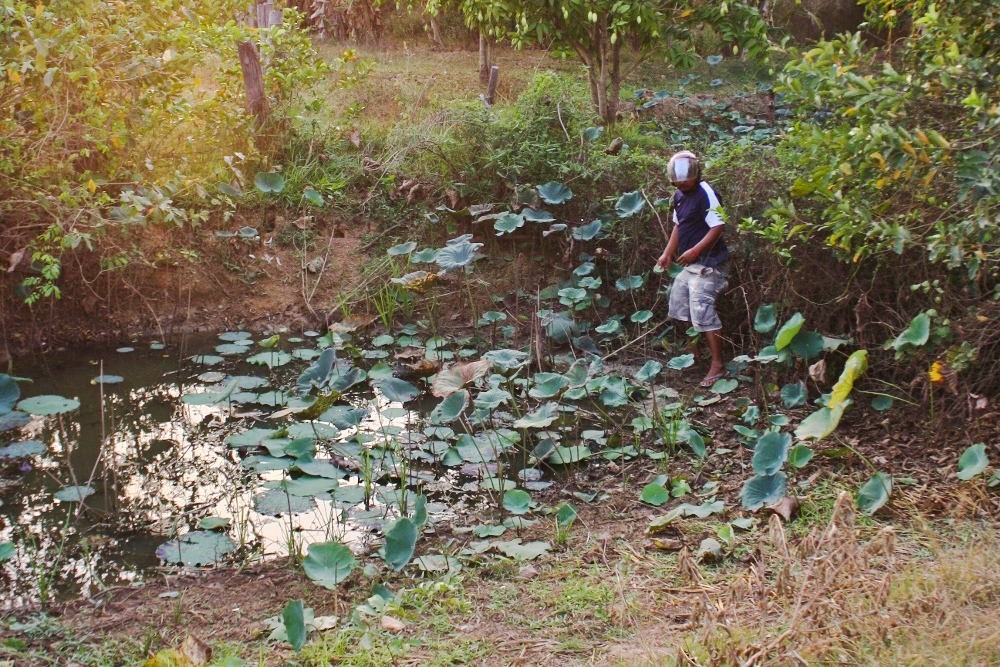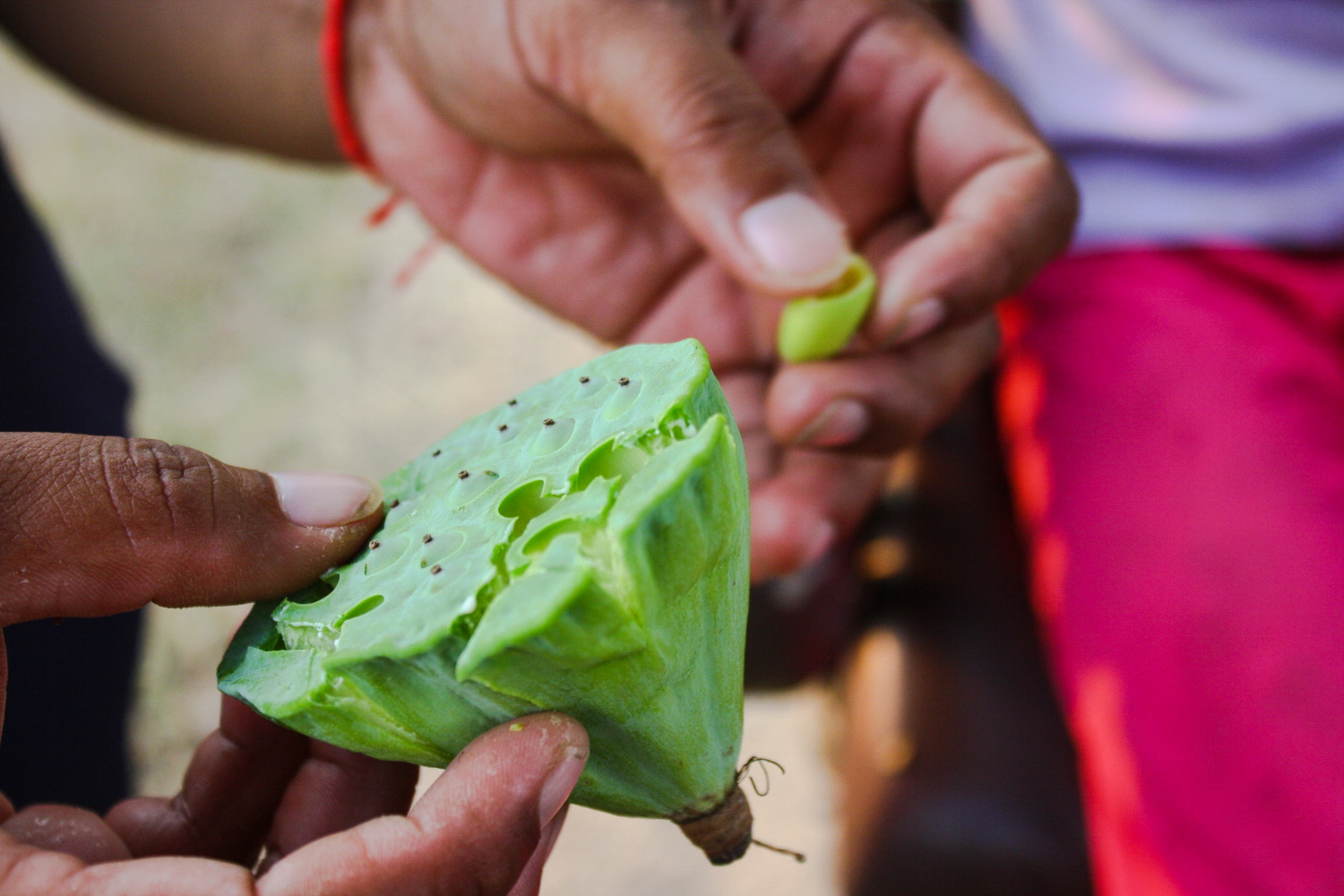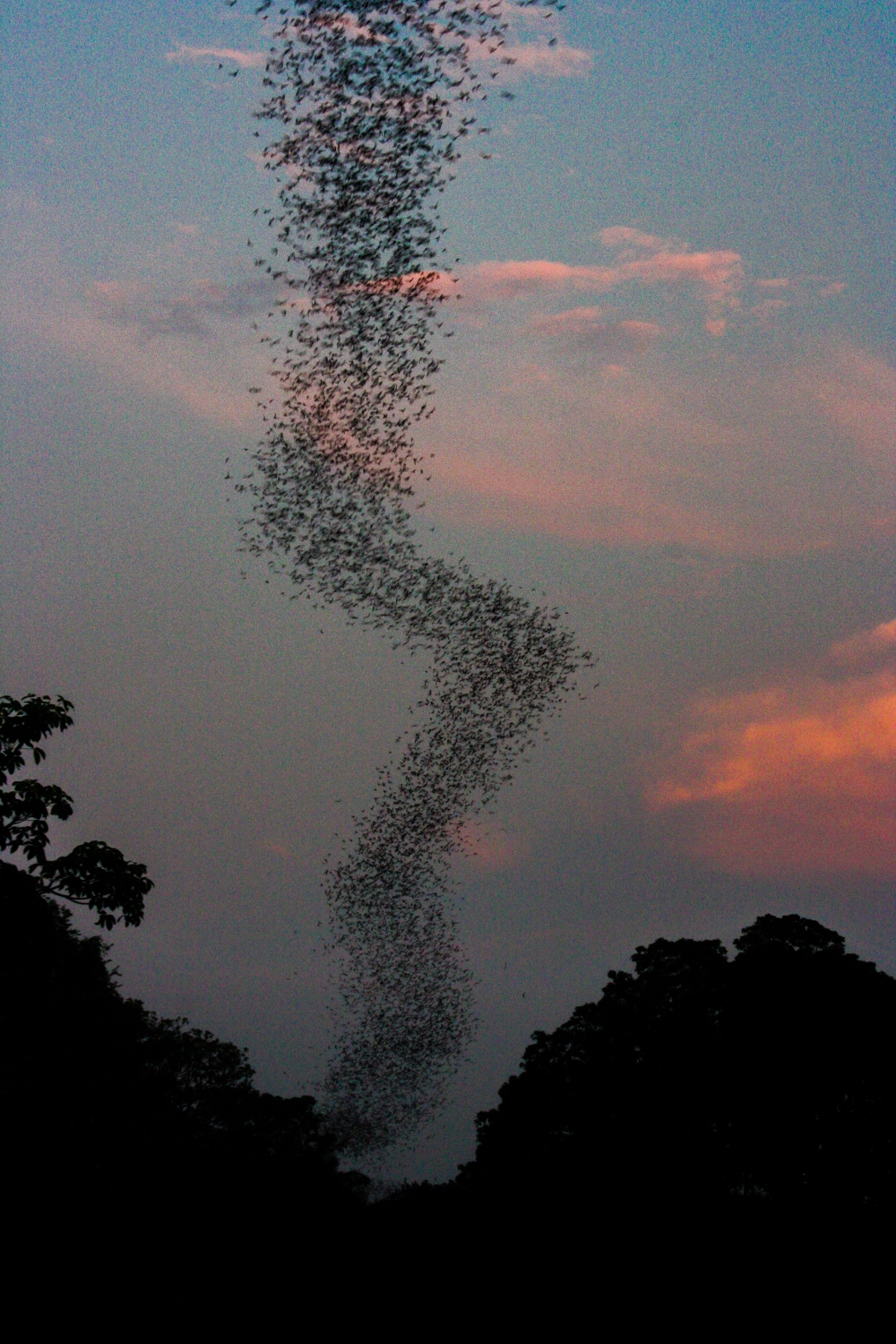Bats flying out a cave. No big deal, we thought. Our tuk-tuk driver Mr. Kim was insistent that we went so we relented. It was the end of a long day and we were dreaming of a shower to wash away the red dust covering us. Rest from the tiresome day spent on the bumpy roads was on everyone’s mind.
But instead here we were at Bat Cave with a few other tourist staring at a cave opening. A sweet girl called Yada approached us with pen and paper in hand.
“Can I interview you?” She asked me in the sweetest of voice. “Sure” I said and before I could stop myself I covered her up with questions. She was 12 and she was from the nearby village. Her favorite color was pink and she had a young brother. Then it was her turn to ask me the 20 questions she has written in neat handwriting. Yada reminded me so much of the Lao girls we met – simple and clean uniform and long hair in a braid. Beautiful, polite and innocent. By far connecting with the local people is my favorite part of our travels. I could have talked to her for hours.
All of a sudden the slouching group of tourist came back to life. A cloud of bats started flying out of the cave opening and instead of scattering in all directions together they formed a thick river in the air headed towards the open fields. The sheer number of the bats coming out of the cave was stunning. We watched for 20 minutes with no end in sight. Mr. Kim told us that there are more than 1,000,000 bats now calling the cave home. The bats numbers were low until an NGO became interested in saving the bats who were hunted down by locals for food. Hunting them now is illegal (even though they are safe now the bats still fly high, to avoid any possible danger). The NGO also organizes twice monthly a collection of the bat poop (used a fertilizer), as a big quantity of the guano in the cave can bring disease to the bats.
Being witnesses to the bay’s daily routine was amazing. Here is the short movie we snapped with the cell phone:
The bat spectacle was a great ending of a very sweet day with Mr. Kim, our driver and tour guide. He had pursued us from the moment that he spotted us arriving into town on the bus from Phenom Penh. We shrugged his and many others’ offers for a ride to a hotel. Well, they didn’t take our NO for an answer and followed suit continuing to tout us while we were walking towards the city center in the hot of the evening. Hands down, this might had been the worst touting incident we have had so far. The low season was making the drivers desperate to snatch the few tourists who visited Battambang.
After checking a few hotels it turned out that the hotel Mr. Kim wanted to take us to was the best. Getting a room there meant that we would see his face every morning and every evening and every time he would ask us when would we book his countryside day tour.
“No tours”, Boryan stated flatly but the heat of the day made me consider Kim’s proposition. Exploring by open tuk-tuk with a roof for shade made a lot of sense to me.
“Fine” I told Mr. Kim on the third day in Battambang. ” But nothing touristy. We don’t want to see the famous bamboo train”. He was taken aback by my comment as the bamboo train is the local highlight. “No bamboo train?”
“No” I was firm.”We just want to see the countryside through your eyes. That’s it. And one temple max.”
So off we went through the burning streets of Battambang. Boryan was not thrilled as he thought we would be rushed and we would go to touristy places. The dried banana roll up from the market barely lifted his spirits.
Most of the shops we drove by were selling … fans, of course.
There is a chill vibe here similar to Kampot and life goes with a slow pace.
The first stop was the abandoned railroad station. The railroad was built in 1930’s by the French and was linking Phenom Penh to Battambang. It was in high use during Cambodia’s golden years and then it fell victim to the political upheaval of the 70’s. After that service was on and off till the train was fully suspended. Early on in the Khmer Rouge reign people were transported to various work sites by the train. Now the place was overrun by weeds, the building was empty and the clock was frozen on 8.02. Yet, strangely, even abandoned the place appeared to be cared for. The station was not covered in graffiti, the waiting area was cleanly swept. There was a family living in the abandoned train depot…Kids were playing on the tracks.
We heard rumors that work is under way to connect the city to the capital again. It has been 15 years since the end of the war and Cambodia is slowly moving forward. In a few years I can imagine the station booming with activity, tuk-tuks dropping off and picking up passengers and the clock at the entry ticking away happily.
And this is Mr. Kim, our persistent tuk-tuk man. Boryan is already dying from the heat and we haven’t yet left town.
At least the tuk tuk is ‘cooling’ us with warm wind.
We zipped by fashion stores
Newer Wats
Old French Maisons that were in disrepair but obviously still occupied
And many traditional Khimer houses.
The prototype of the traditional Khmer house is beautiful! Many of them, even the poorest ones, feature roof tiles and elaborate stone roof ornamentation.
We visited a house inside and were surprised as to how airy the space felt in the heat of the day. It was cool and elegant with its restrained palette of dark exotic wood and white walls.
We drove by rice paper shops drying their perfect rice disks in the sun. Quick stop to test them and have a drink of Cambodian Gatorade aka coconut.
The Cambodian rice paper is salty in taste compared to the one we tried in Vietnam. In Siem Reap I used the same rice paper to make the fresh spring rolls with Raina. After dipping the hard and brittle paper in hot water it became soft and delicious spring roll wrap. Yum!
Kim was true to his promise. He filled us on the history of Battambang, stopped briefly to show us important buildings but once we left town it was all about the countryside and its people. First stop: local mushroom farm. The women of the family pictured here were laboring hard to fill in small plastic bags with rubber tree sawdust, rice husks and … something else but I forgot what…
Do you notice how dressed up the Cambodians women are on a very hot day? White skin is priceless here so they take special care to keep themselves away from the sun rays. This is something I am struggling to understand as I love the color of my skin being kissed by the sun. Four months into the trip I think my skin now is darker than theirs. (On that note: it is very hard to find a non-whitening moisturizer, face cream or sun screen in the local supermarkets).
Once stuffed the bags are then arranged vertically and then inoculated with mushroom spores. Voila, you have a mushroom farm!
When the bags have served their purpose they are thrown out at the back and used for manure. Again, nothing gets wasted.
A man is shuffling through peanuts to dry them. I love all the activity by the road. There is never a dull moment.
Winery.
These natural fences along the road are actually a plant similar to wild onion. The locals sell it on the market. It is used in soups when the plant is harvested young.
Swinging bridge over the river.
A view of the fishing village. It is the dry season so the level of the water is very low.
Rice harvest. Battambang is the rice bowl of Cambodia. Once you leave the city you see rice fields in all directions, all dry March. What is astounding is how much of the labor is done manually. People work very hard in the heat.
We learned how to separate the rice from the husks: by shaking this flat basket. It worked!
Gas break. Yap, the gas was sold in Coca-Cola bottles by the road. Our gas attendant – a girl not much older than Raina even though the size of the children can be misleading. Sometimes fourteen year olds are much smaller than our kids.
And this was our temple for the day, Prasat Banan. It was modest in size compared to what we saw at Angkor Wat, but the place had a special feel as we were alone once we got to the top. The five stupas were built on hill that rose suddenly from the flat countryside and was reached by climbing a seemingly endless stair.
The Buddha temple in the biggest Stupa was maintained by a sweet family. People lit incense in prayers for good health and luck.
The sun was going down quickly and we had to head towards Bat Cave. I was glad that we ran out of time to visit the Killing Caves, where Khmer Rouge killed many civilian Cambodians. We were learning more and more about the horrible reign of the KRouge and the gruesome stories were more than I could share with the children.
The cows coming home from a day at the pastures.
Young boys on motorcycles herding the cows. The driver looked SO young!
Mr. Kim stopped for a quick break to harvest some lotus flowers, a local treat.
The lotus flower seeds are delicious!
And then full circle to the magic performance by the bats.
What a day… Travel can be full of magic.

